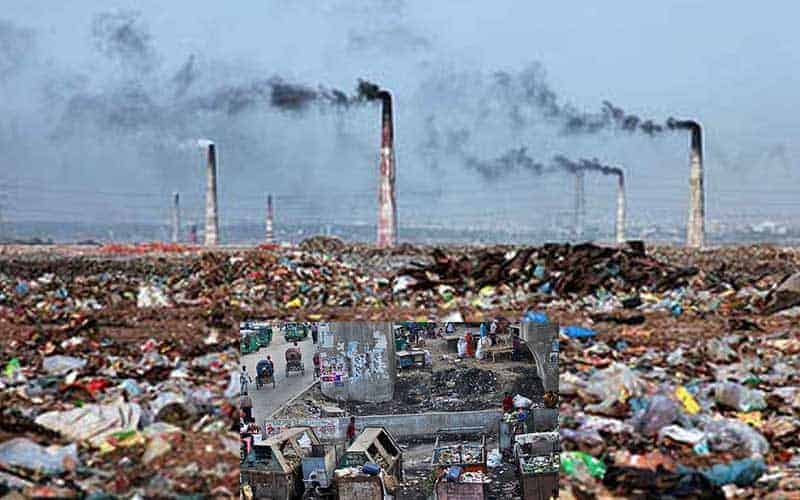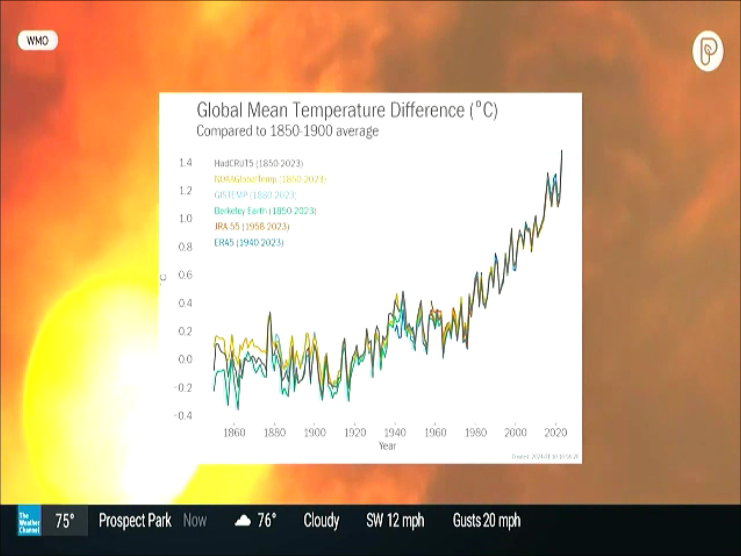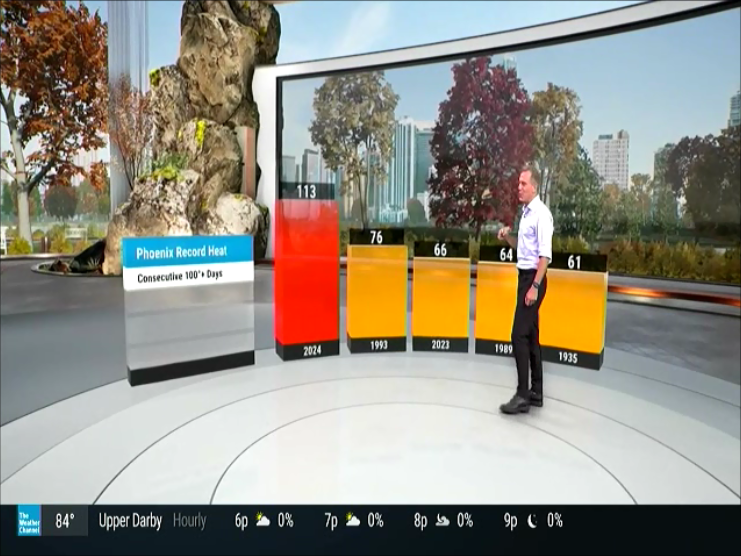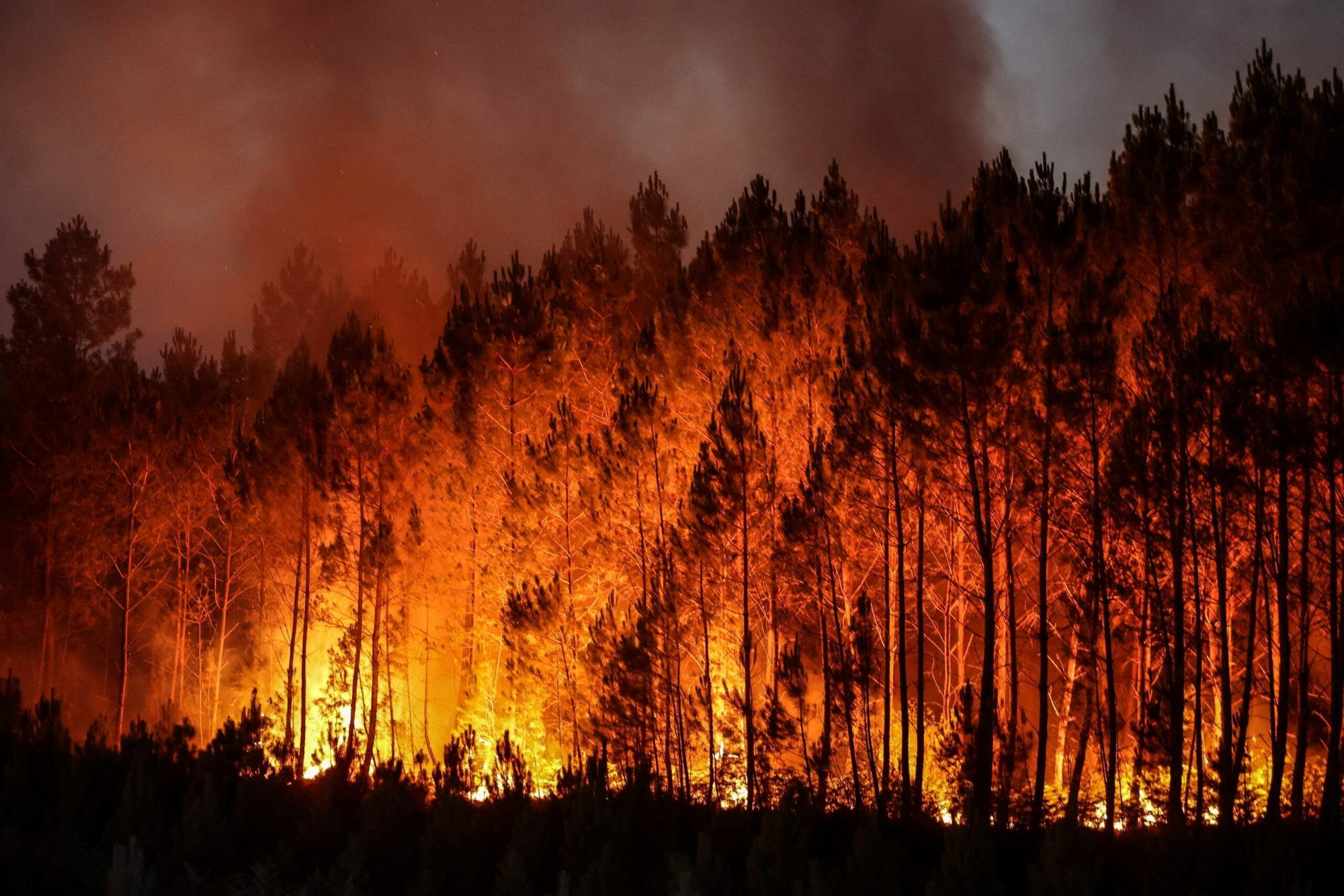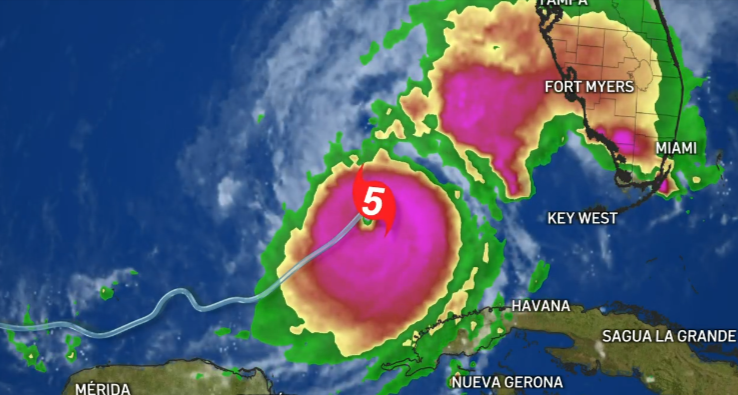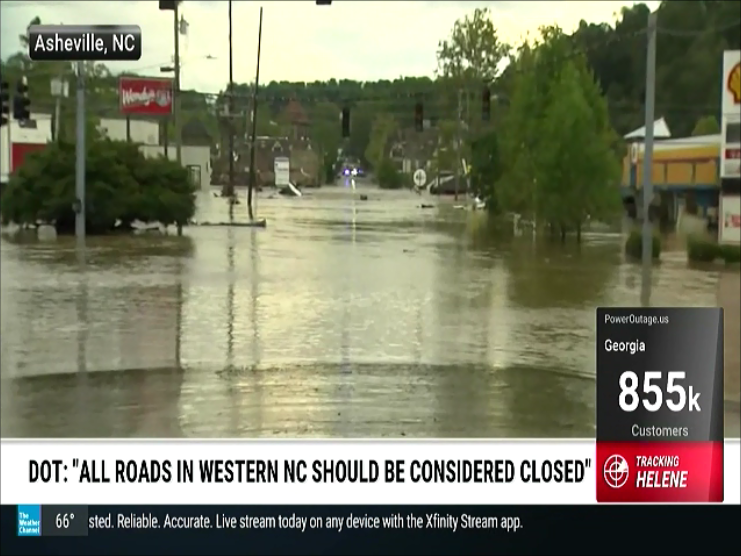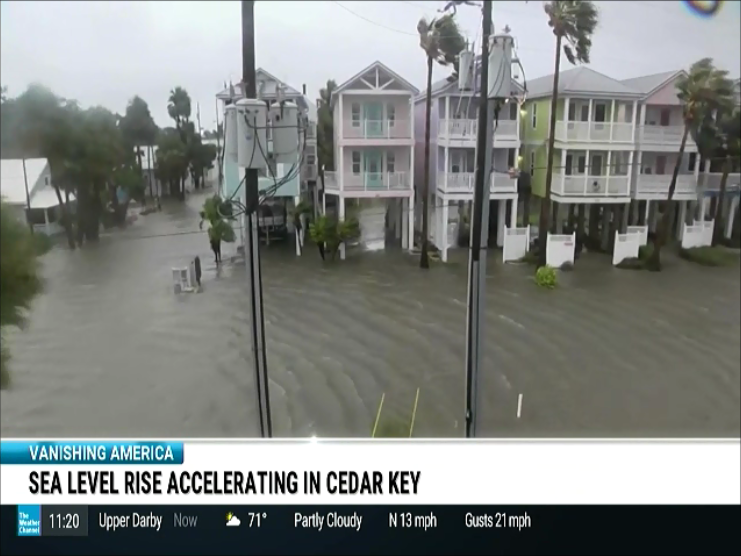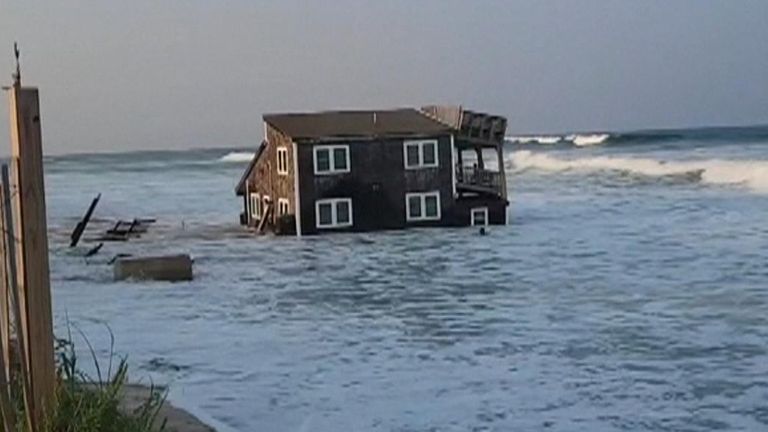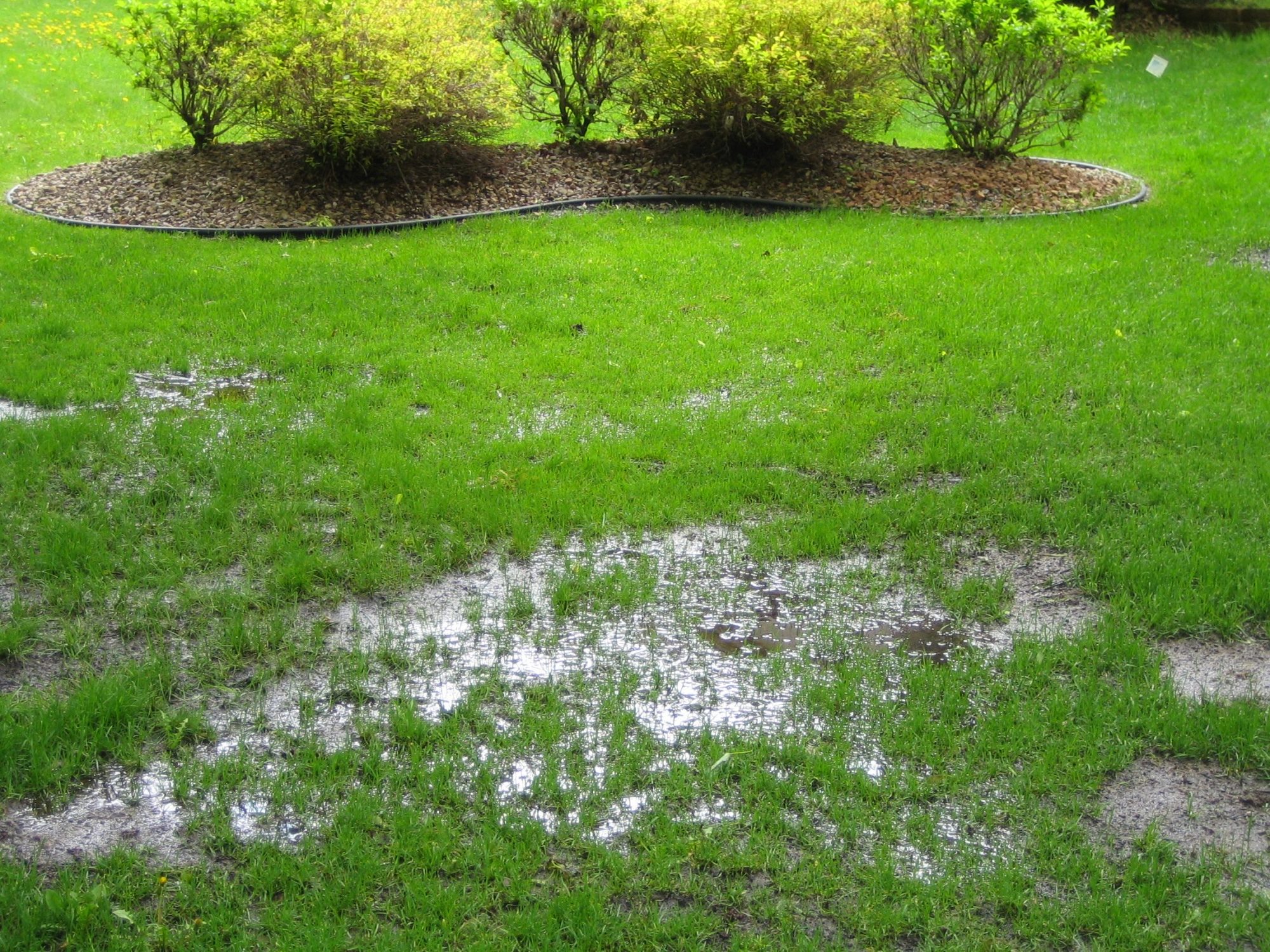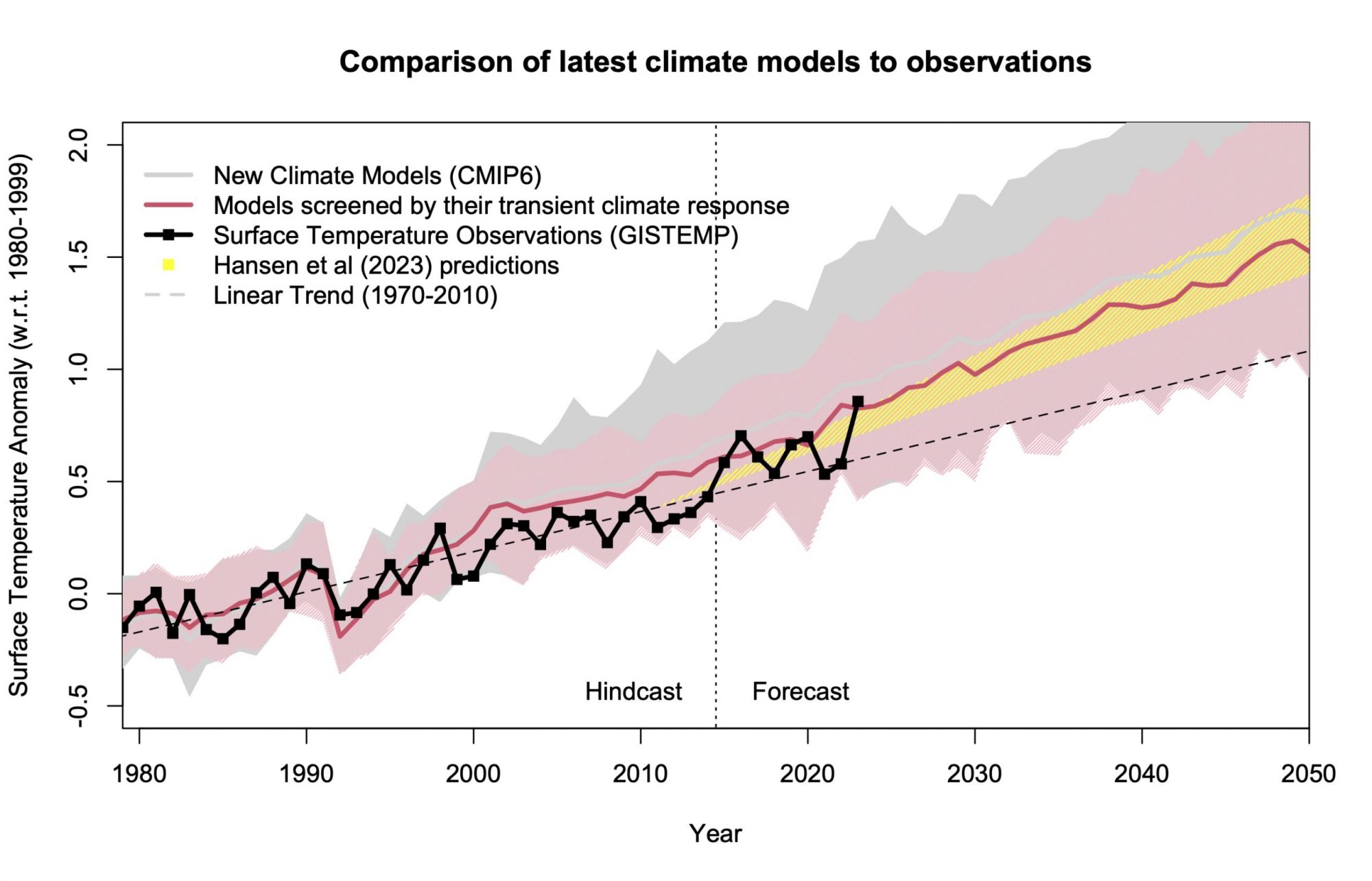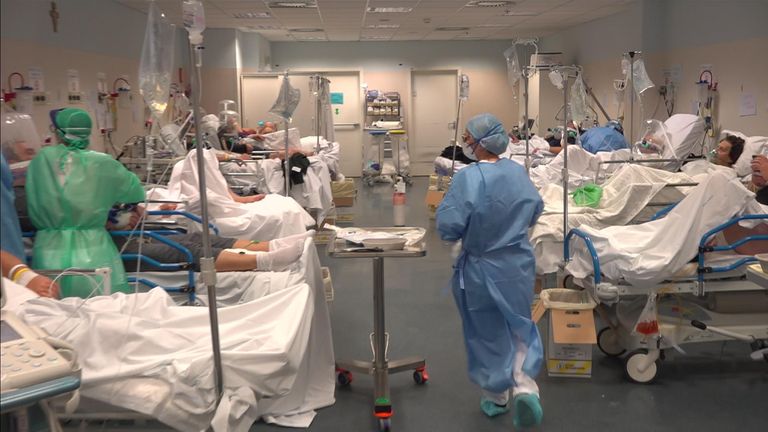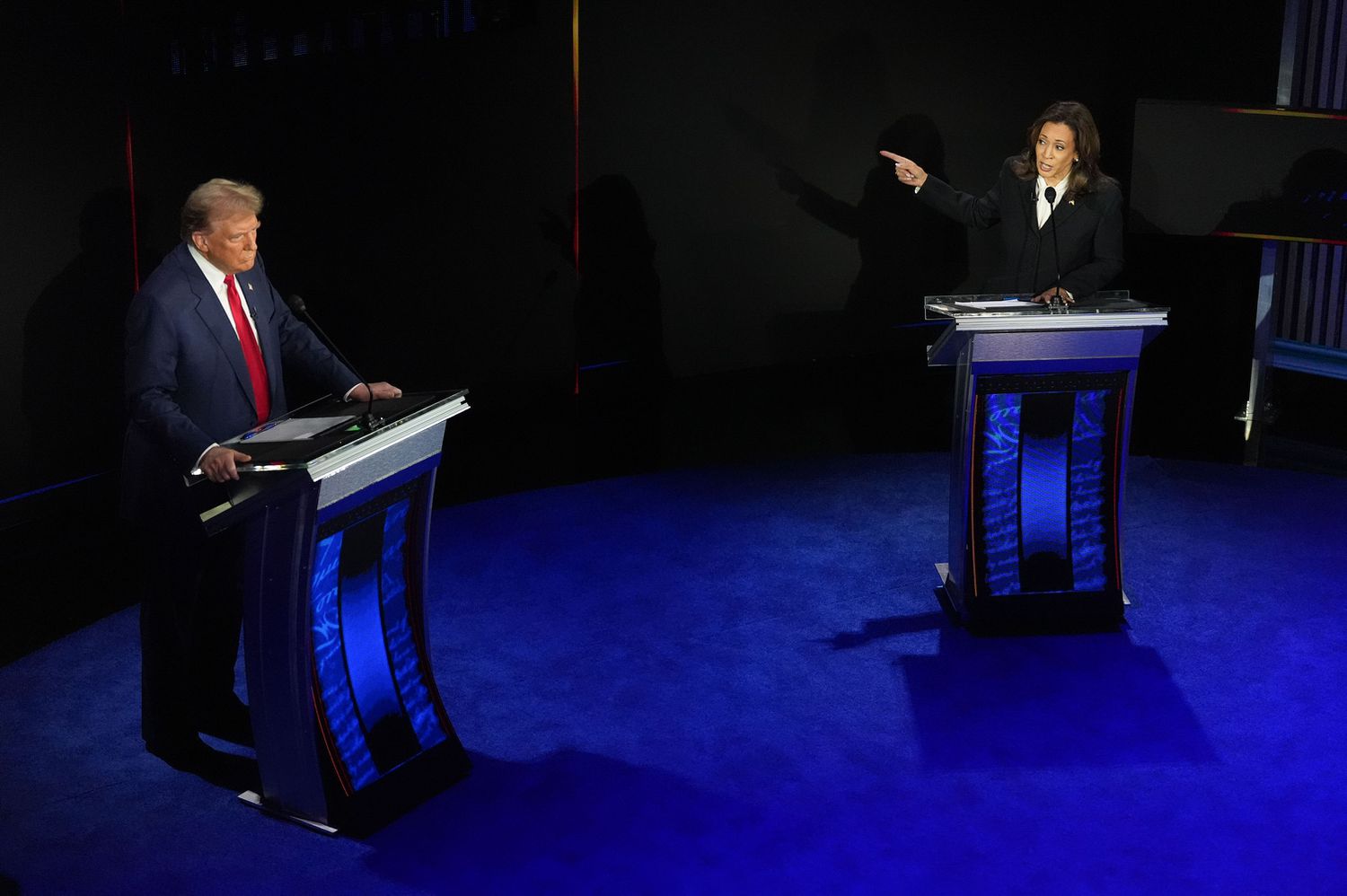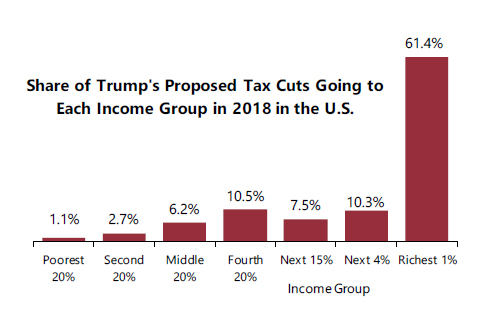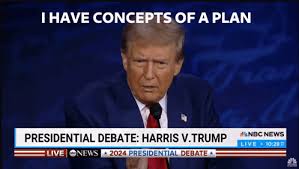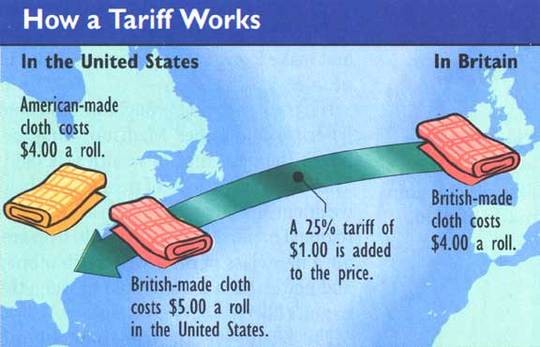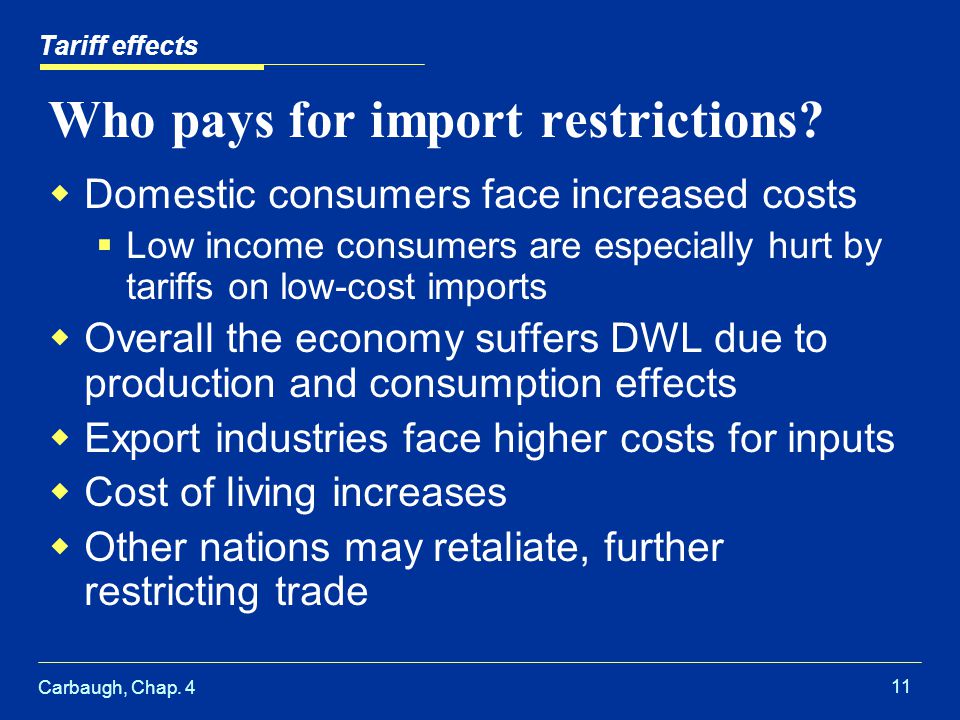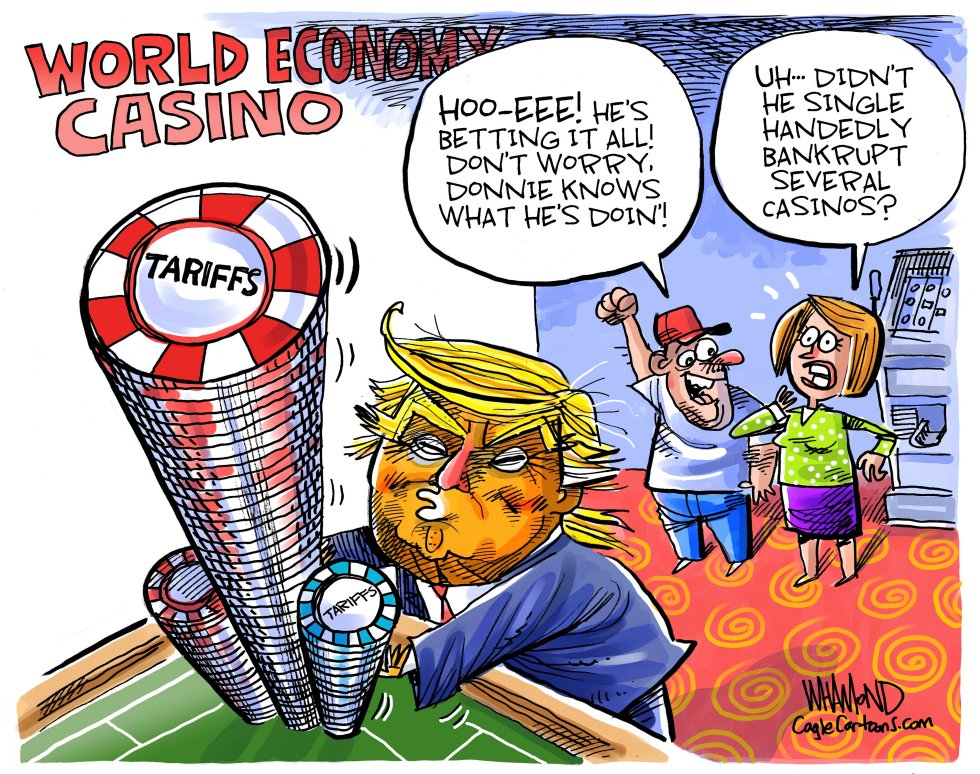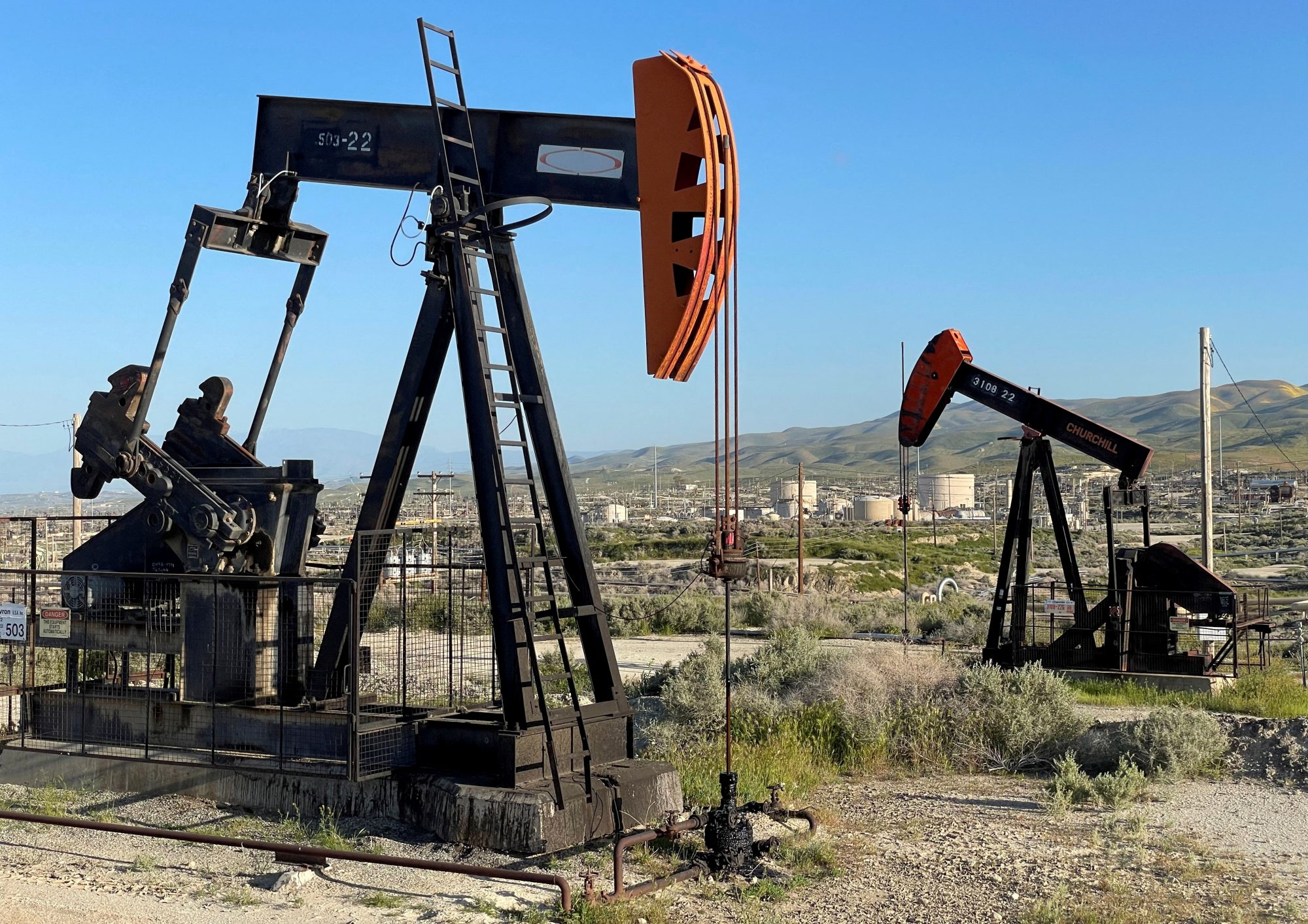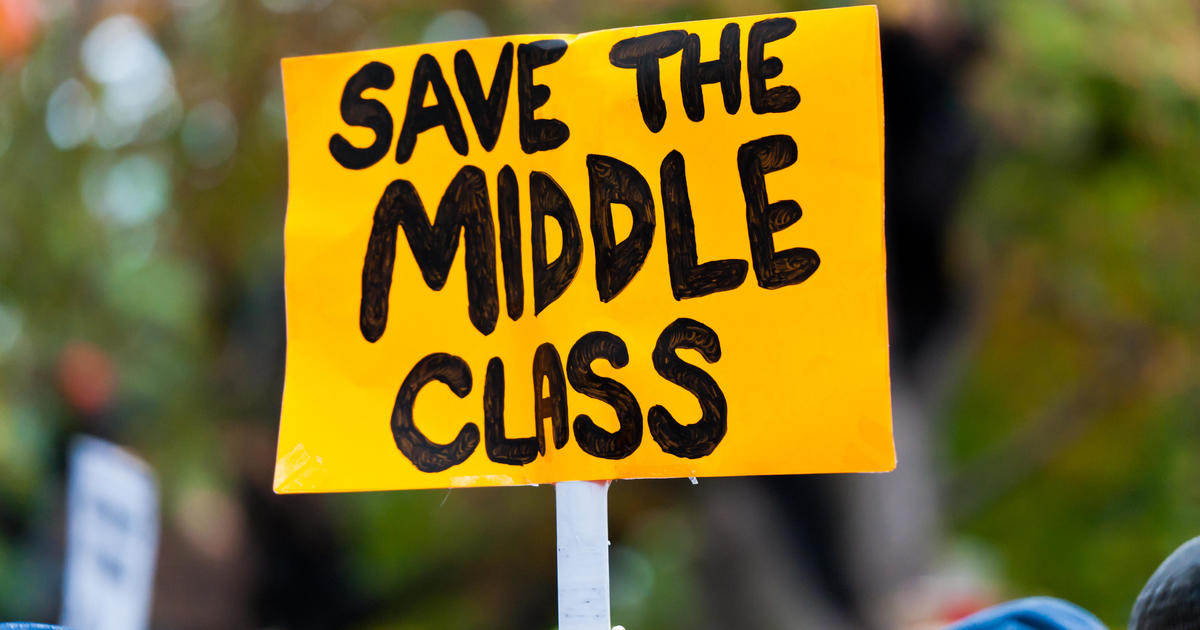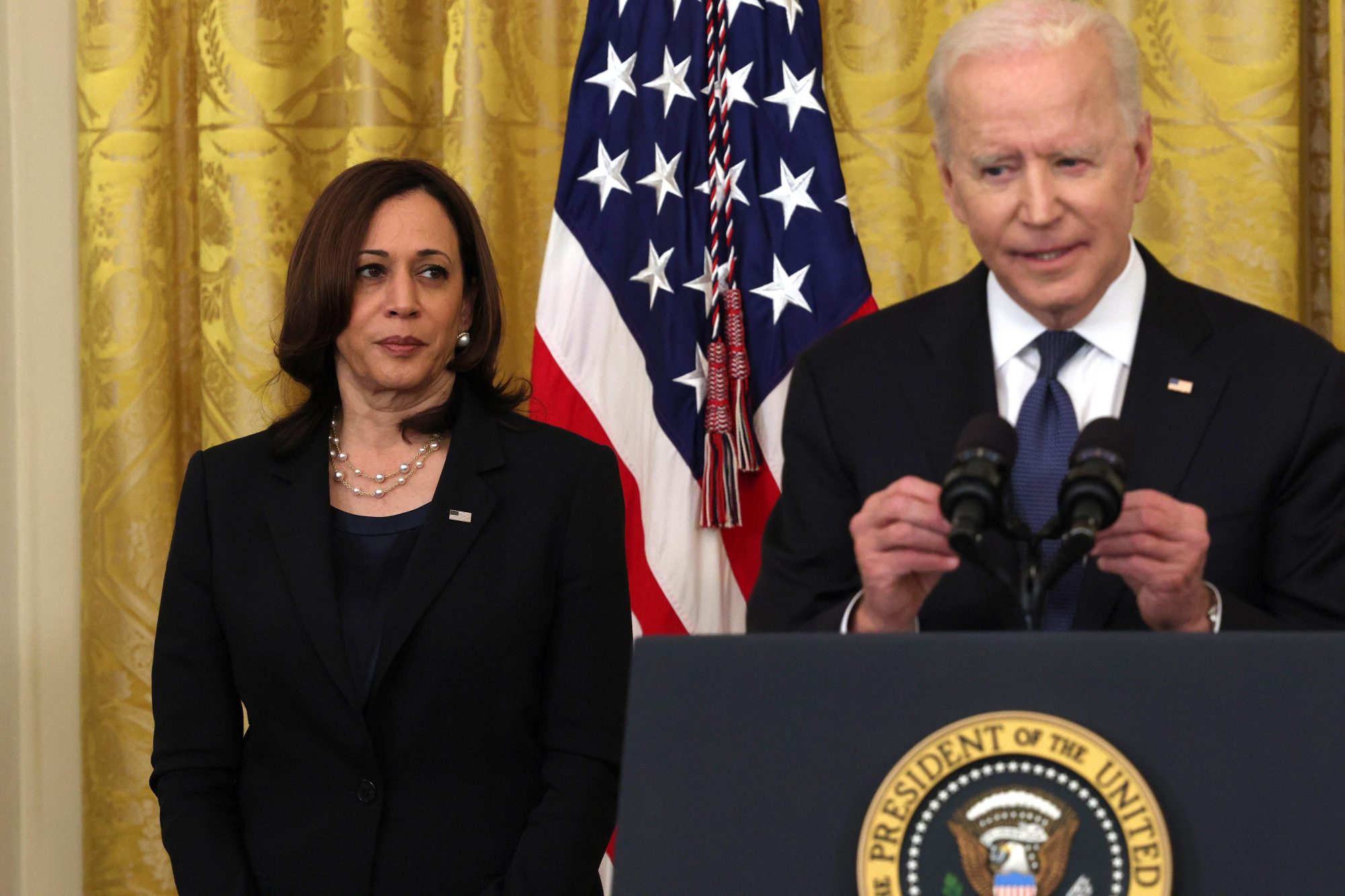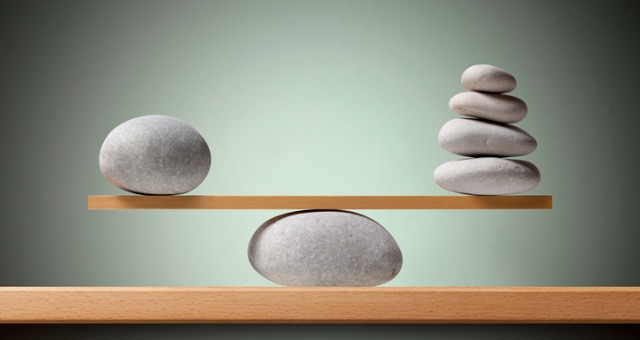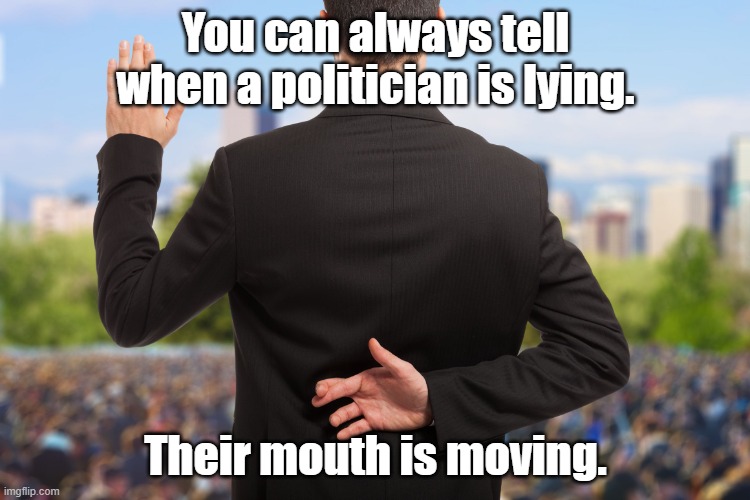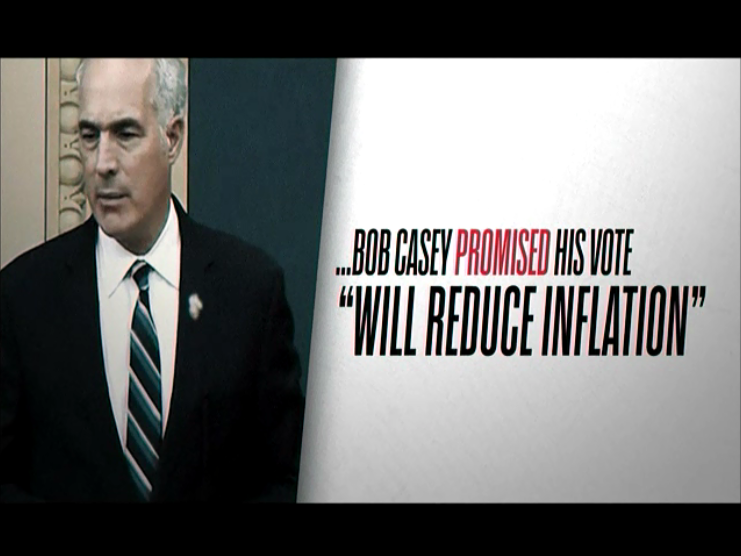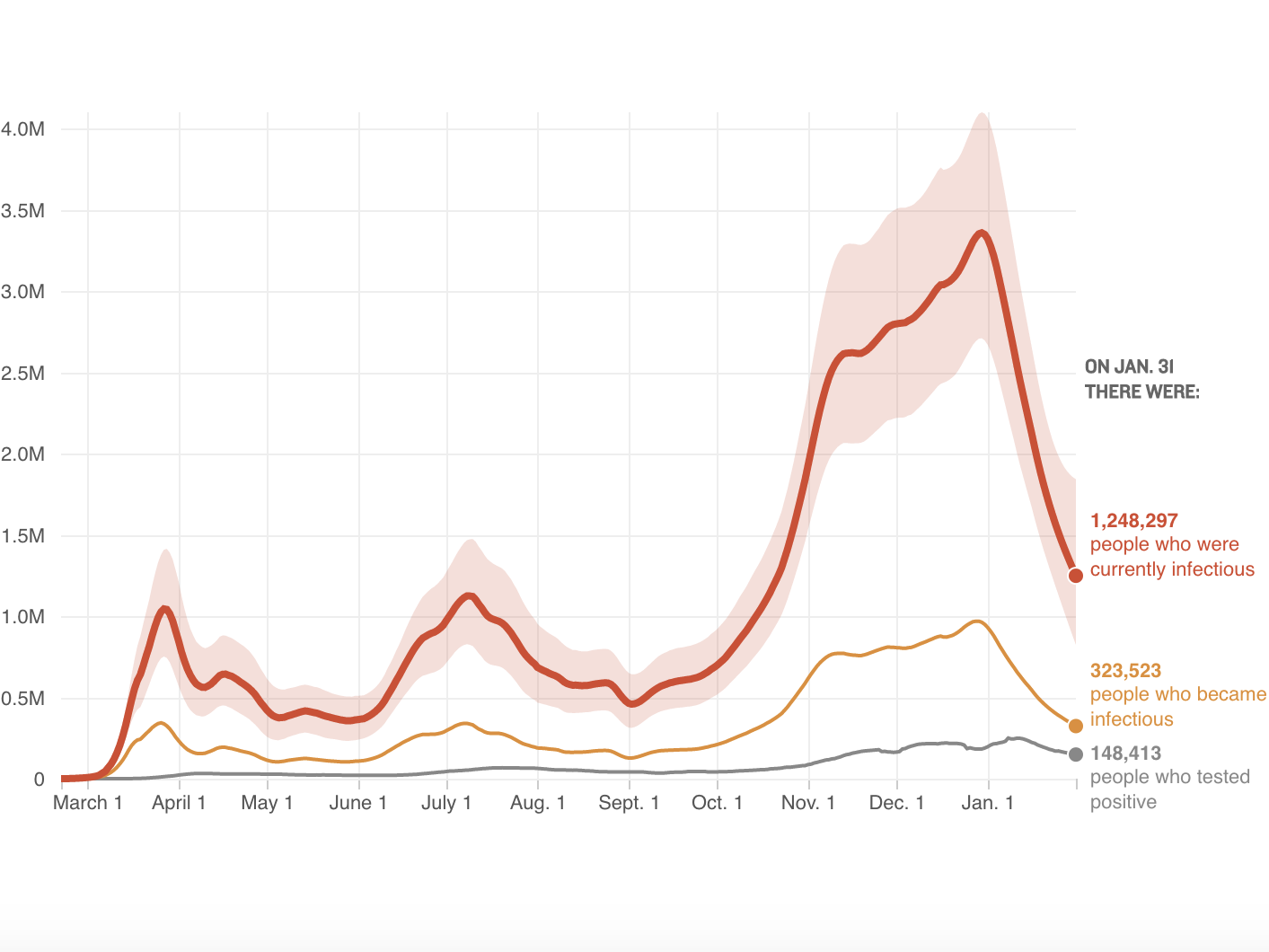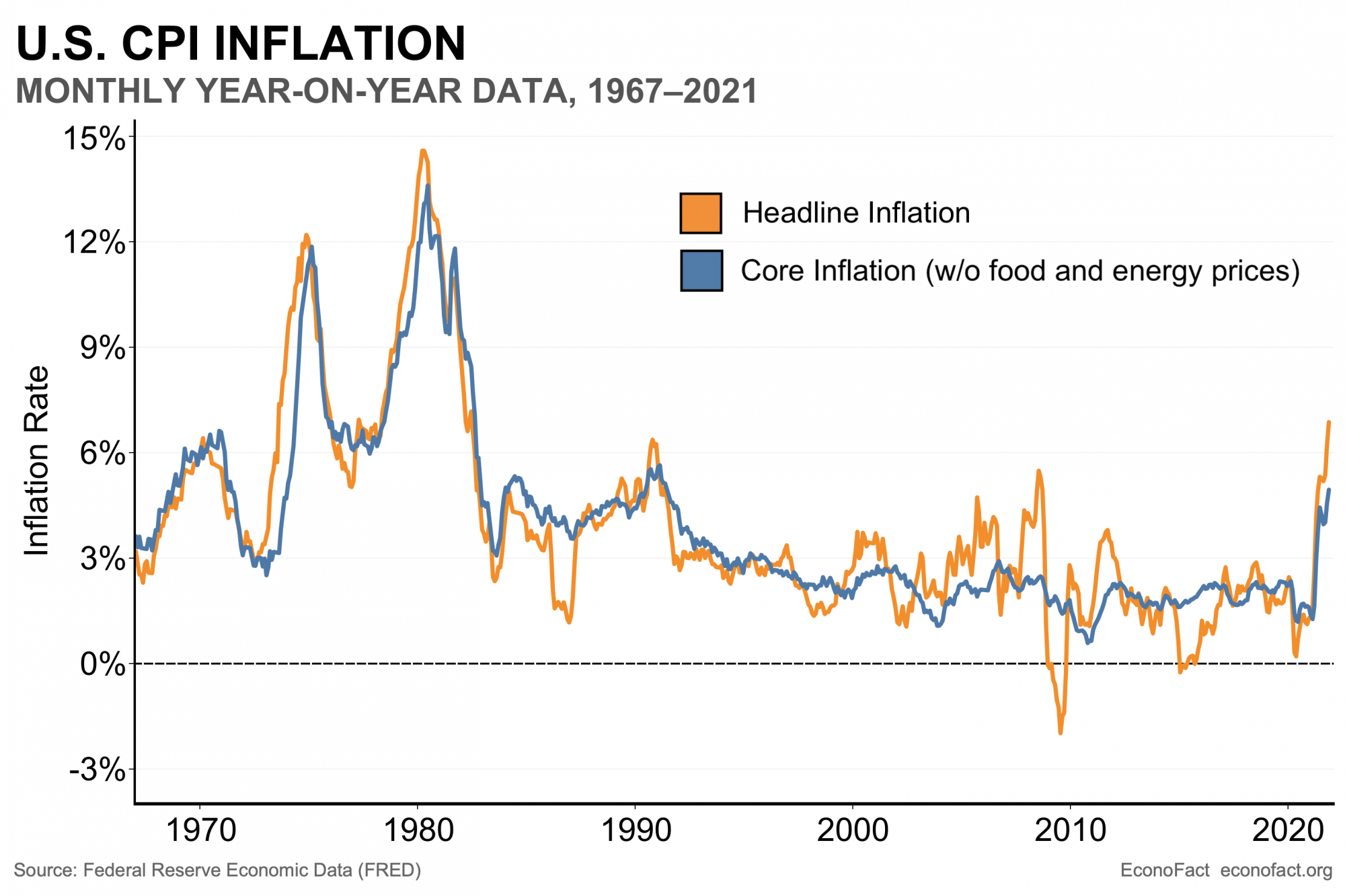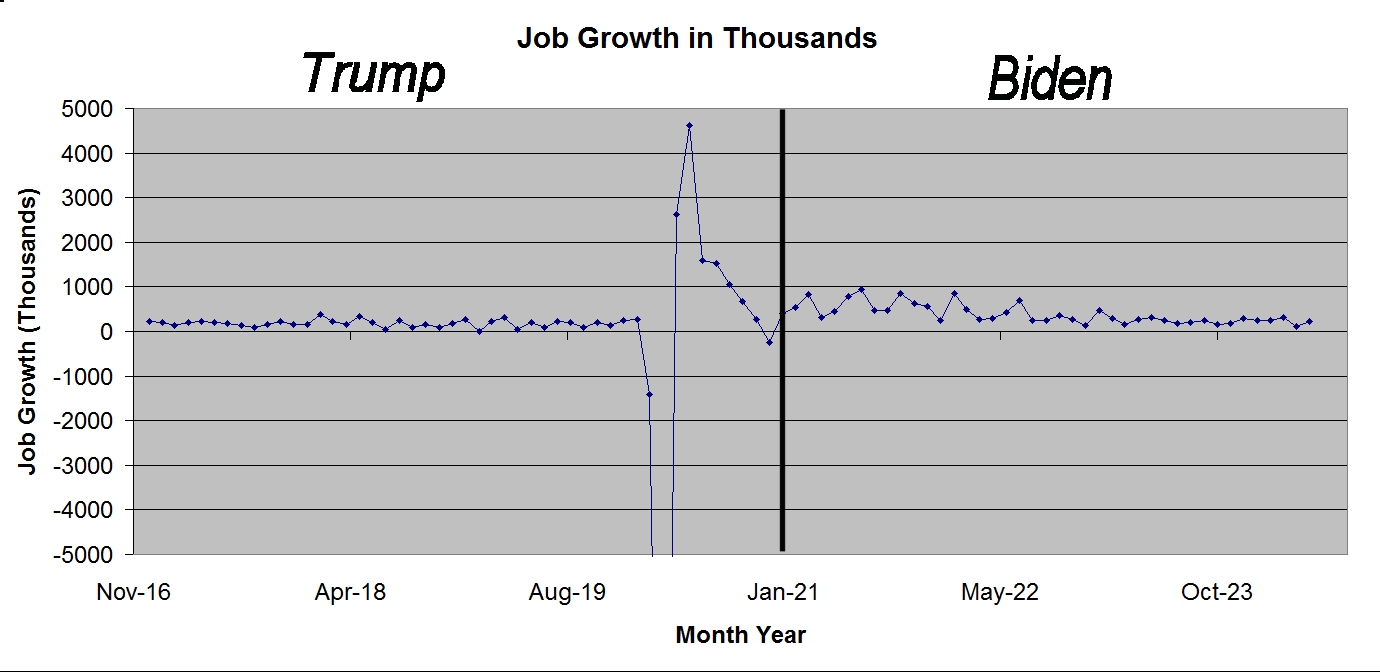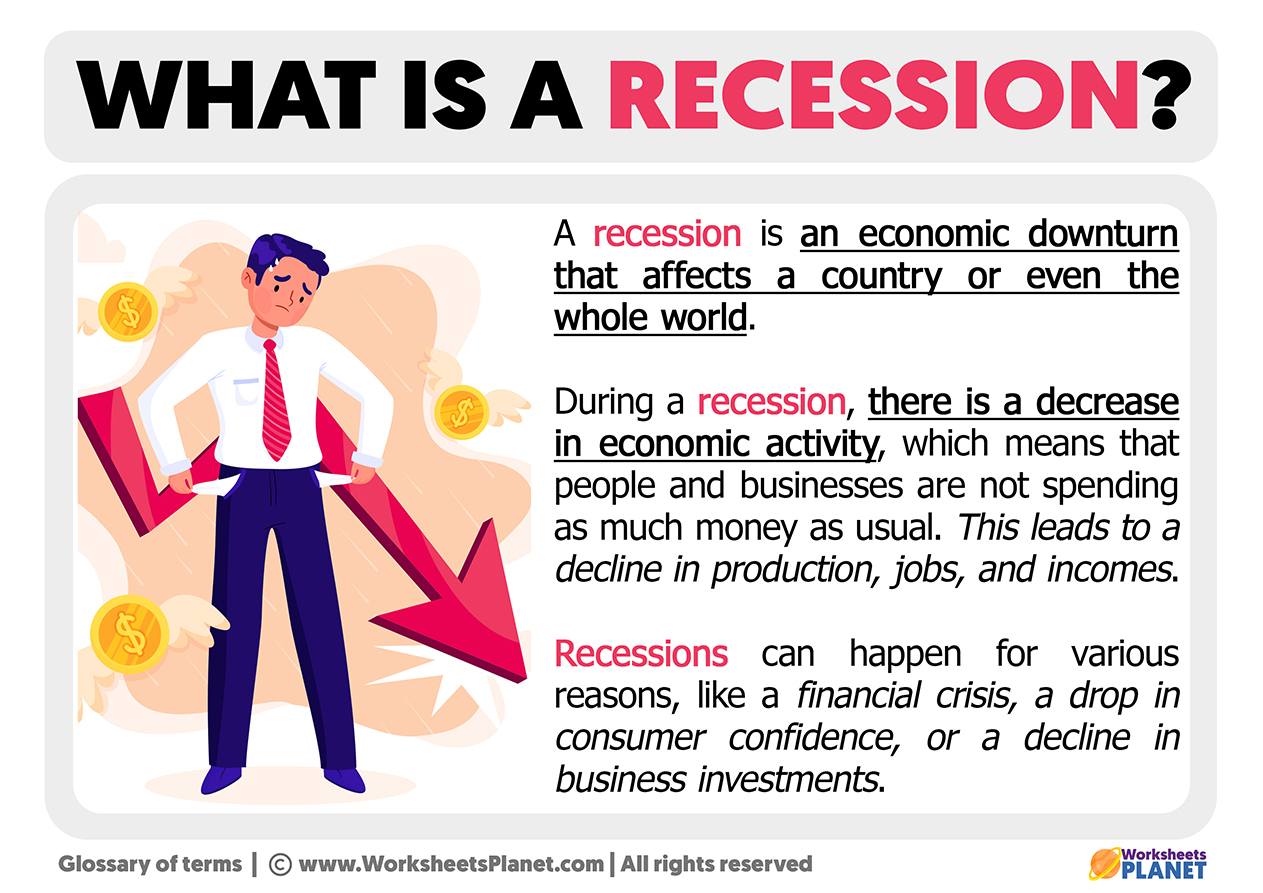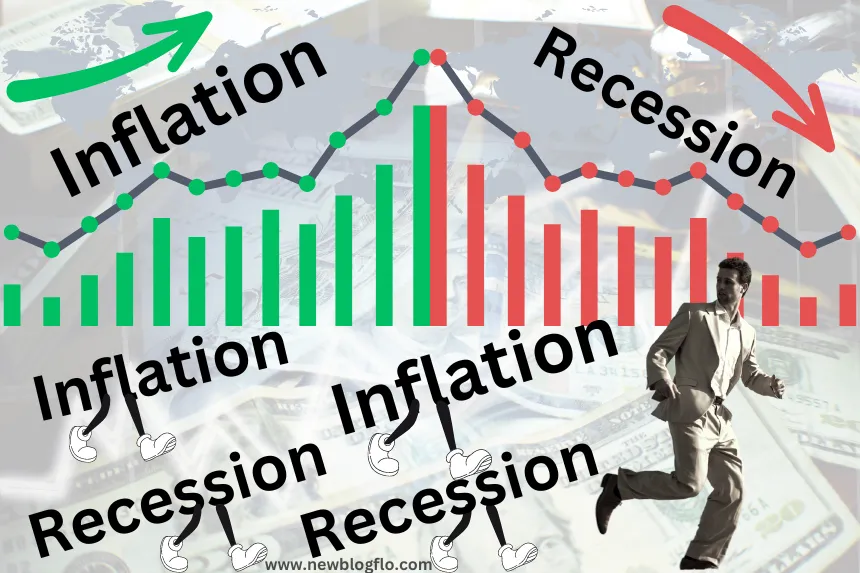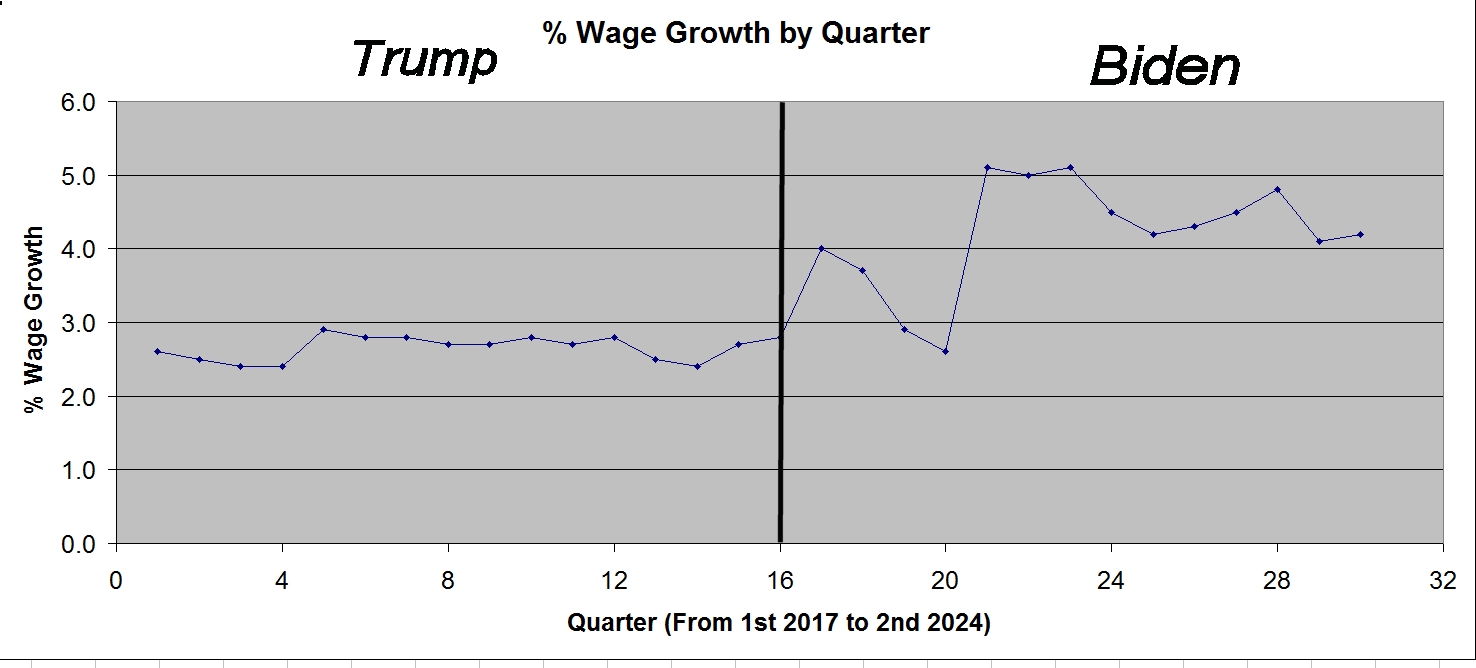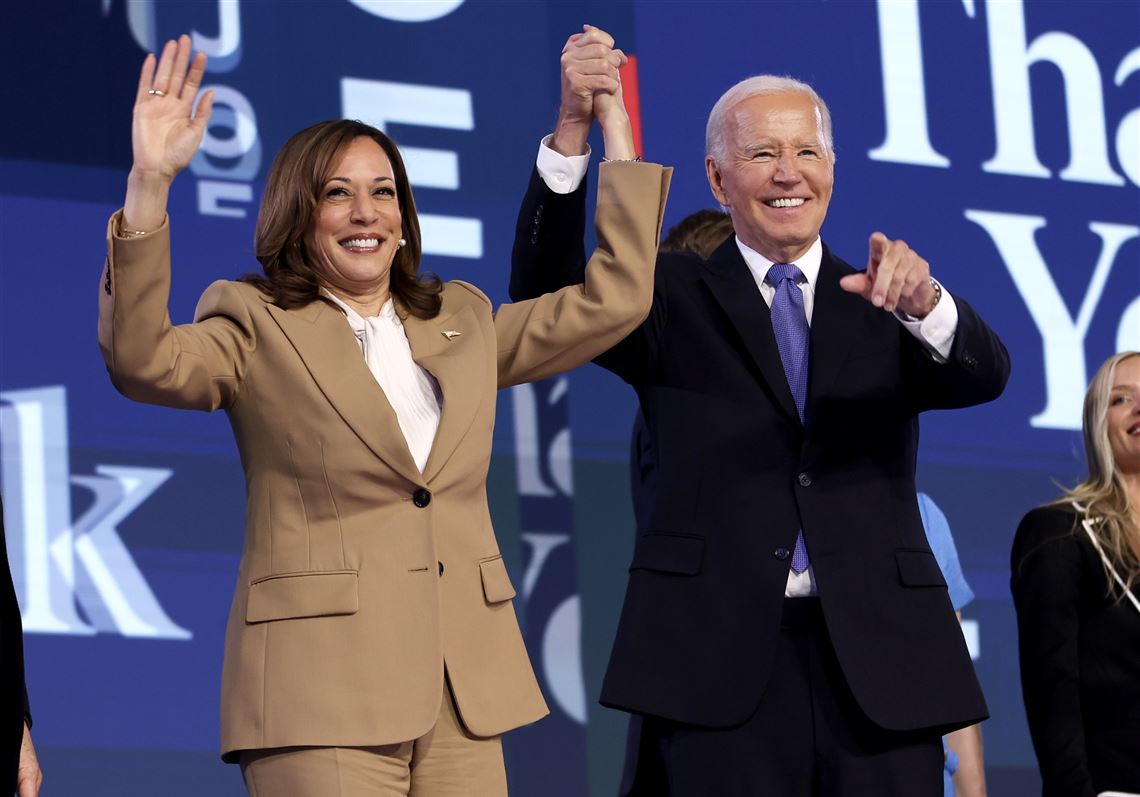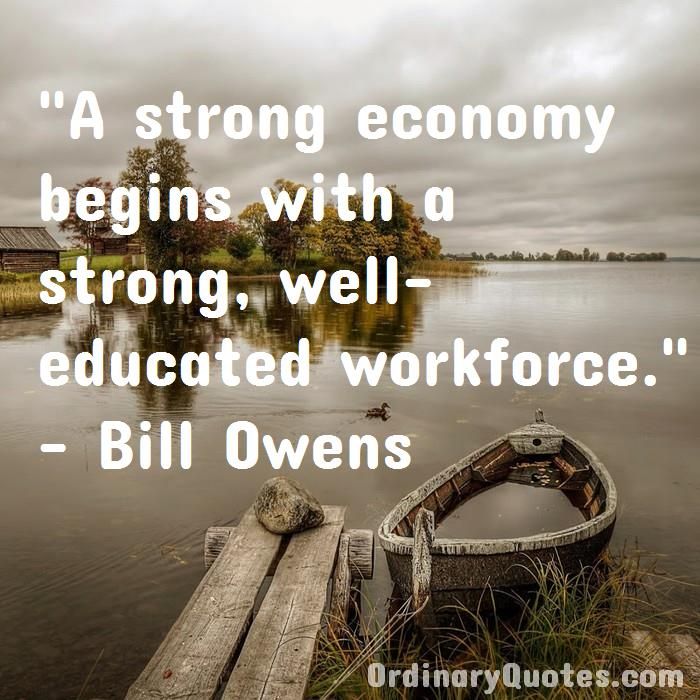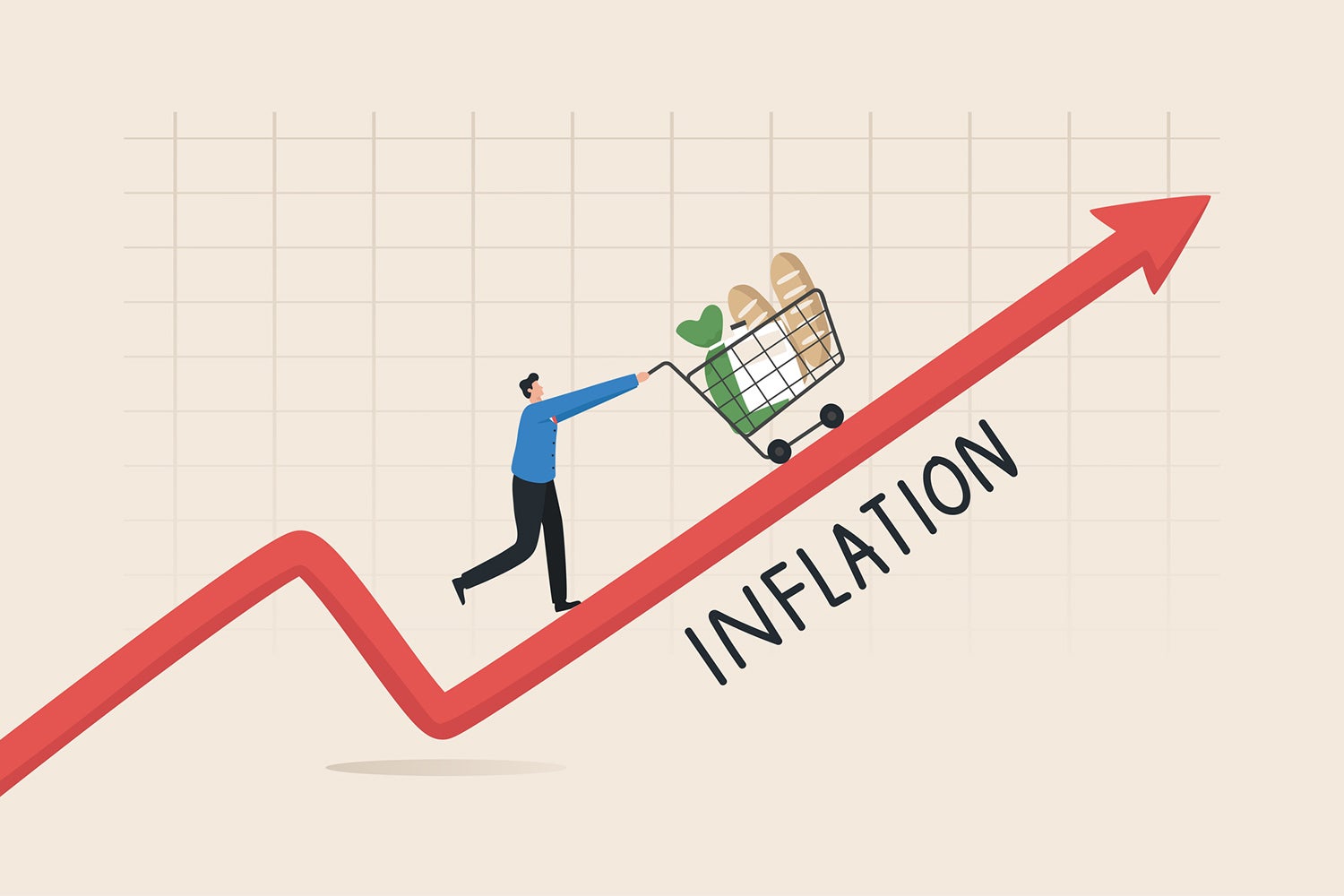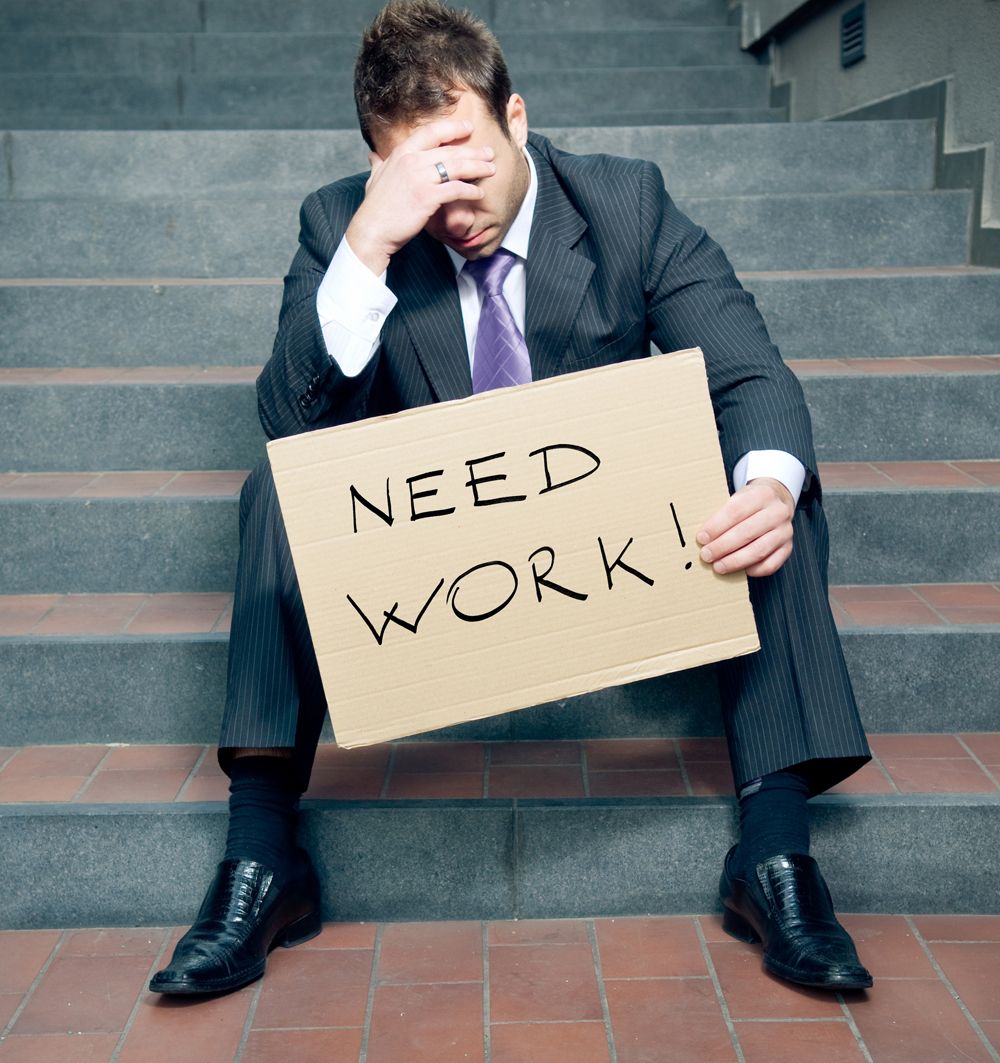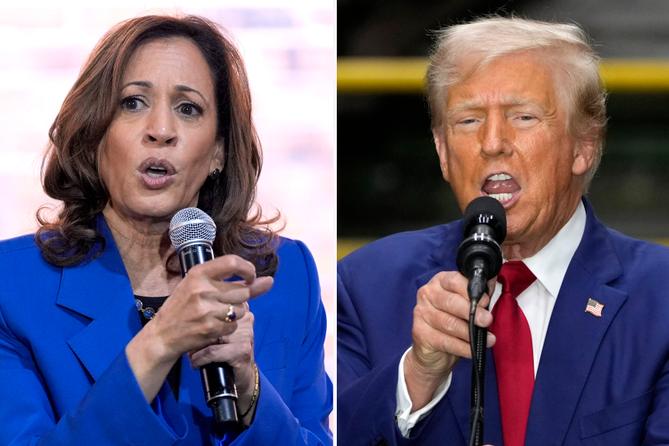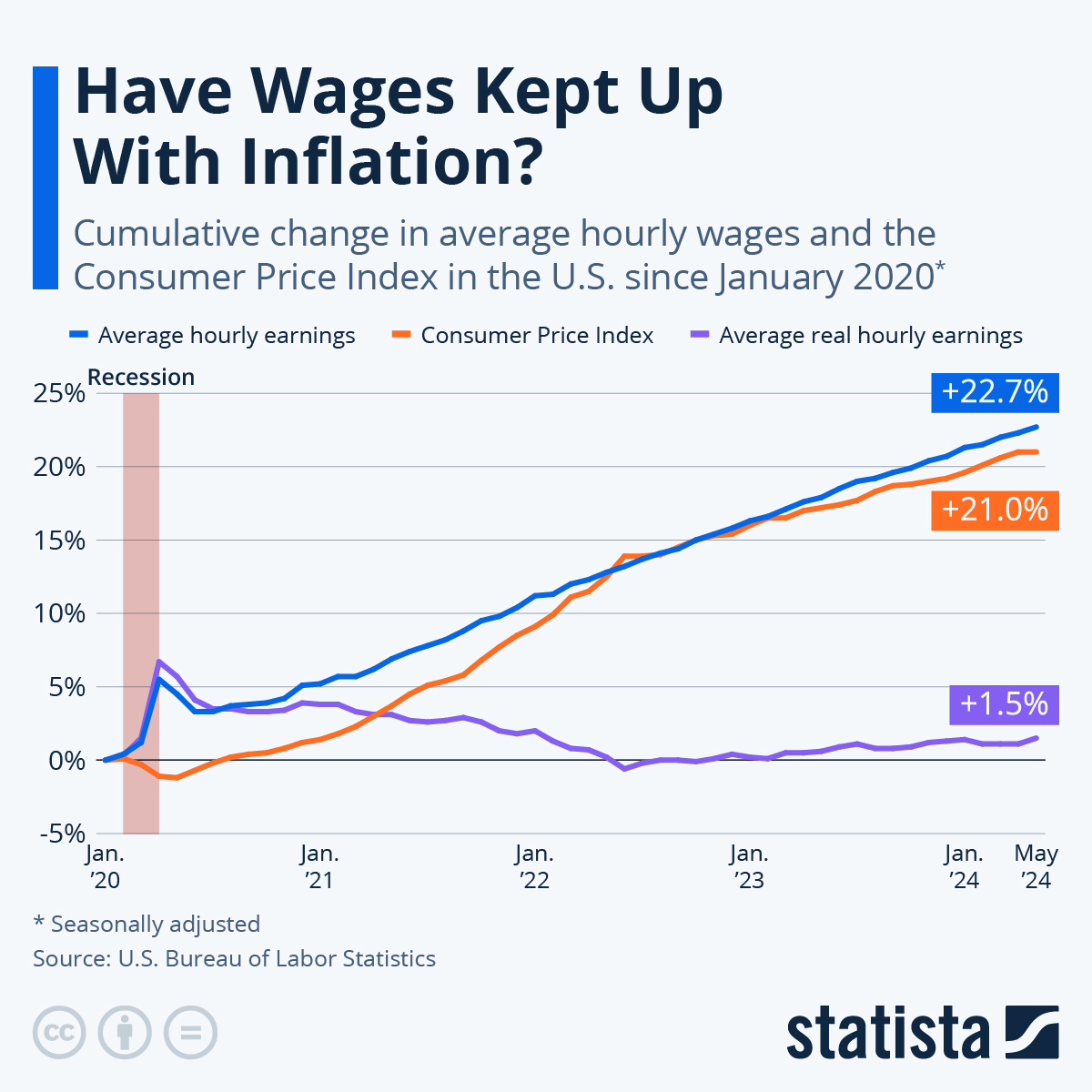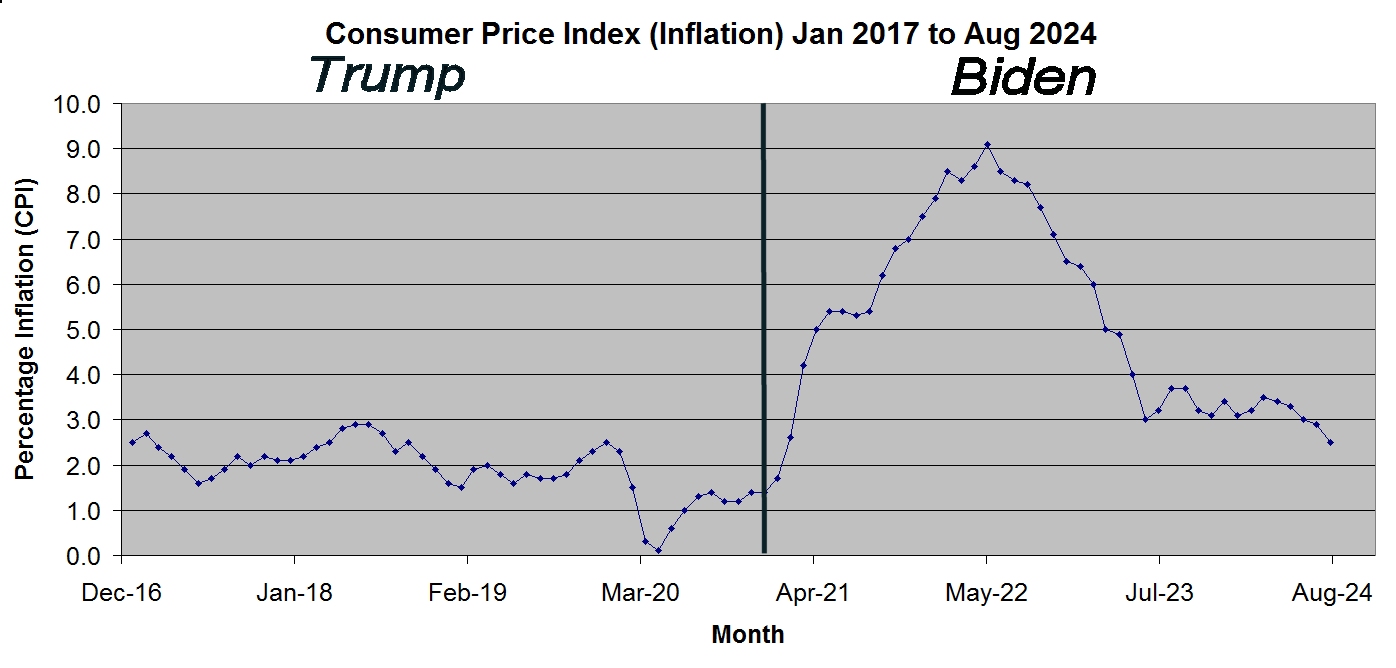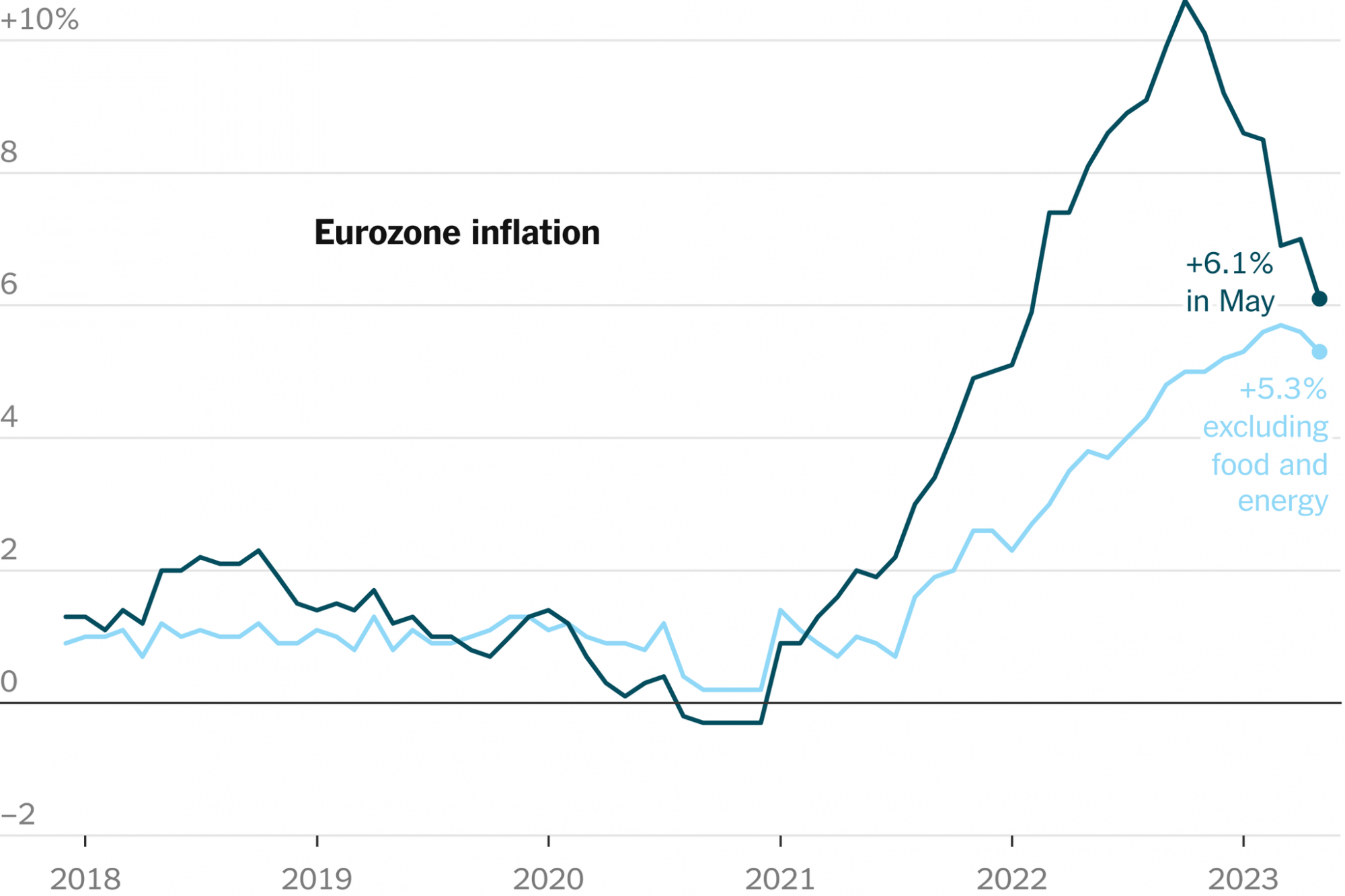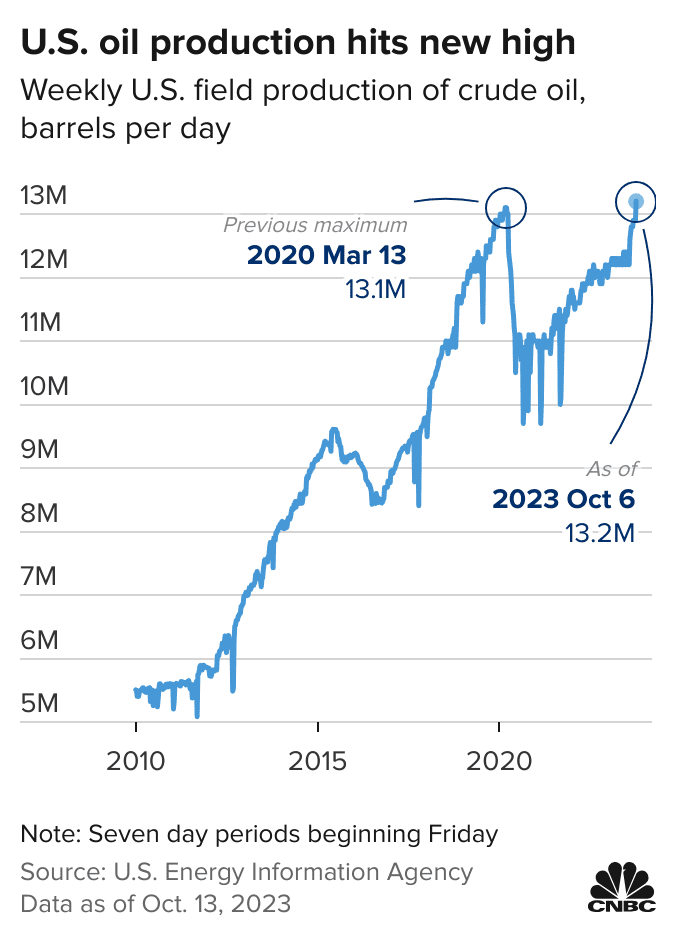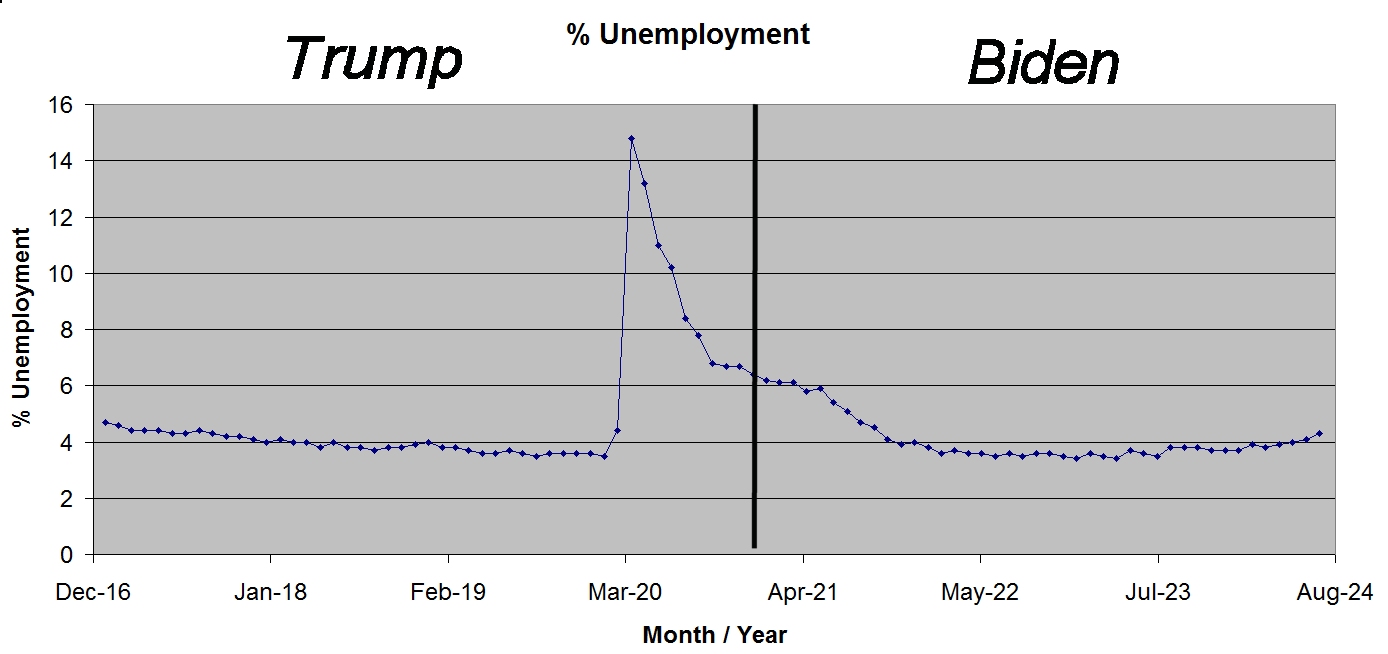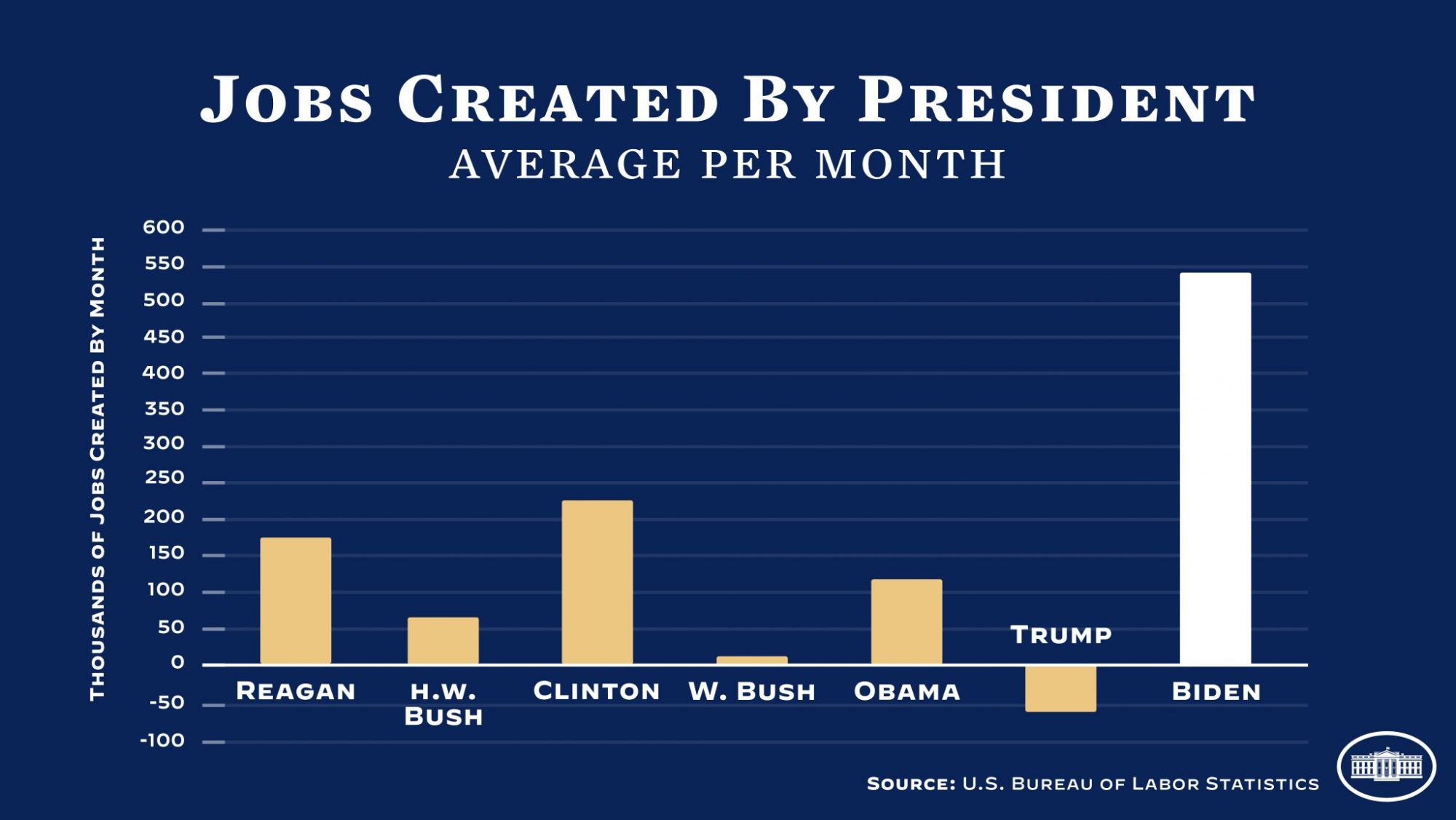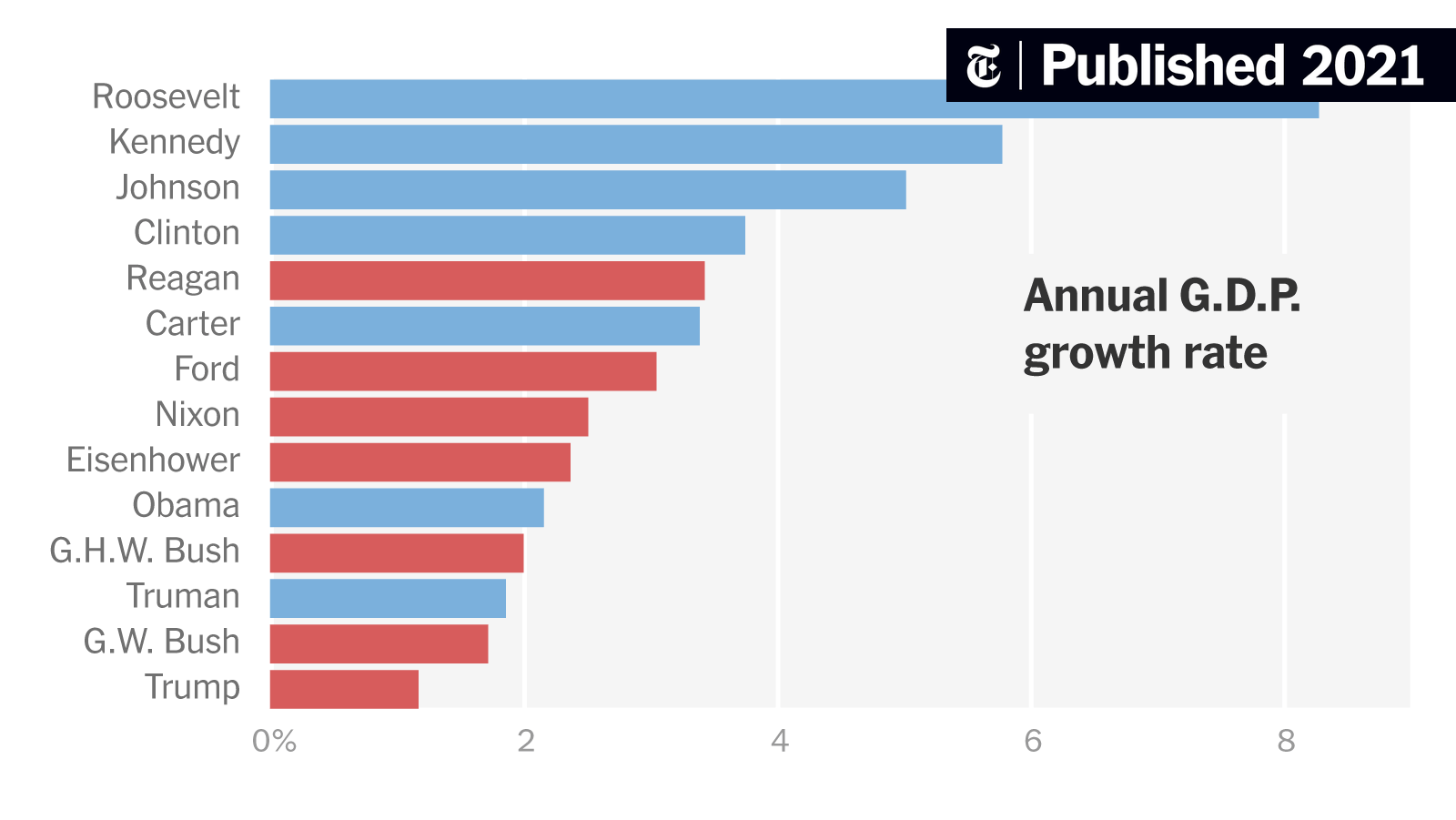In my previous post I recited a long and frankly depressing tale of weather disasters that have occurred around the world this past year. The cause of this extreme weather is the fact that our planet’s temperature has reached the 1.5ºC above pre-industrial levels due to global warming that scientists have been warning us about for decades. I could have gone on, I could have mentioned the droughts that are spreading across northern Africa, or the melting glaciers in the Himalayas. Surely anyone who isn’t convinced of the reality of climate change has simply made up their minds to ignore the evidence.
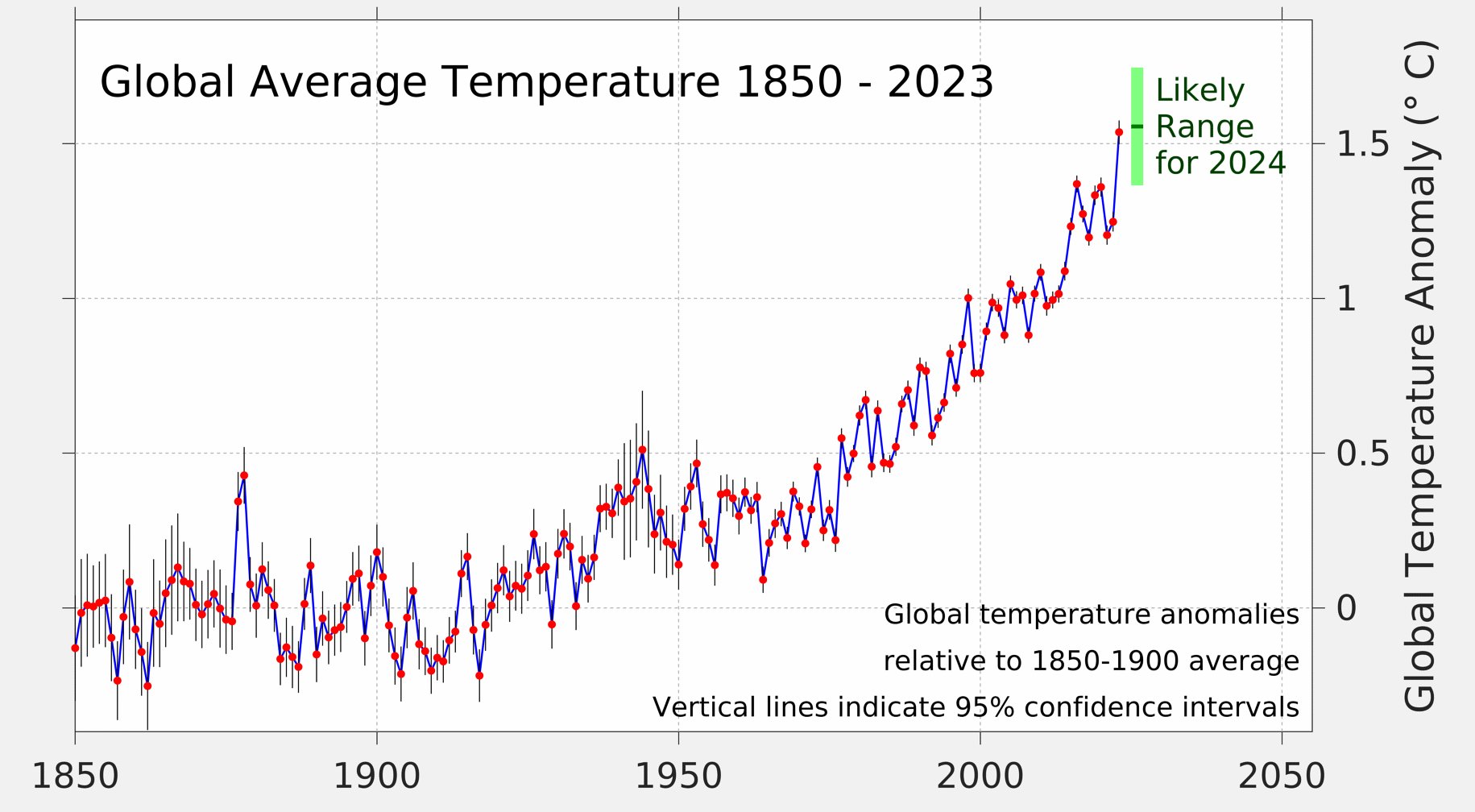
So what have the various world governments done to try to eliminate, or at the very least reduce CO2 emissions? In particular in this election year, what has the US government done to mitigate global warming?
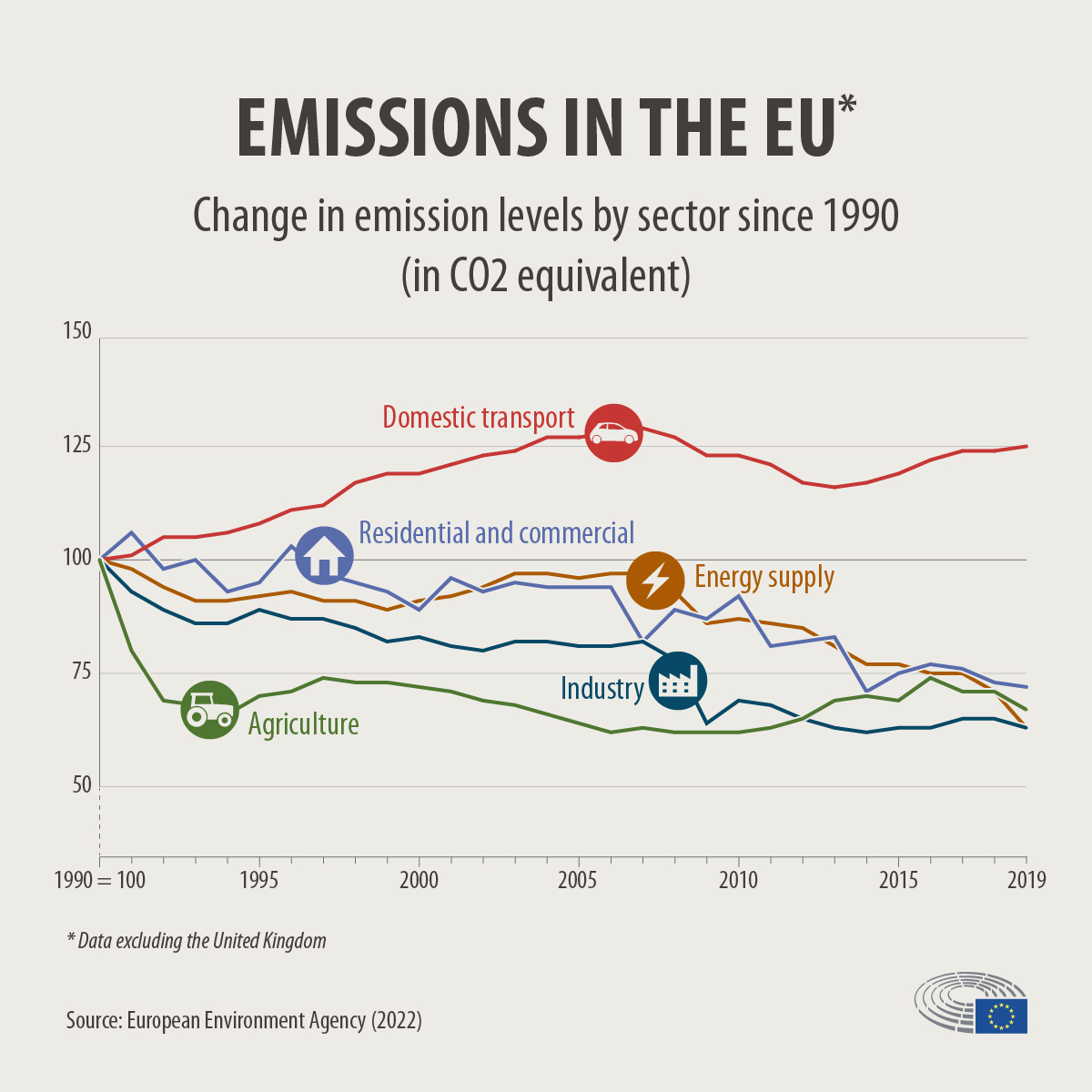
Well, while he was President Trump did exactly nothing. Indeed, whereas most climate deniers like Ted Cruse or right wing Think Tanks have decided to lower their rhetoric and just oppose climate action more quietly, Trump has continued to claim without evidence that global warming is a “Chinese Hoax”. His numerous other falsehoods include claims that wind turbines and solar arrays cause cancer, again assertions without any evidence. Based upon these fictions throughout his term of office Trump strongly opposed any and all policies to fight global warming.
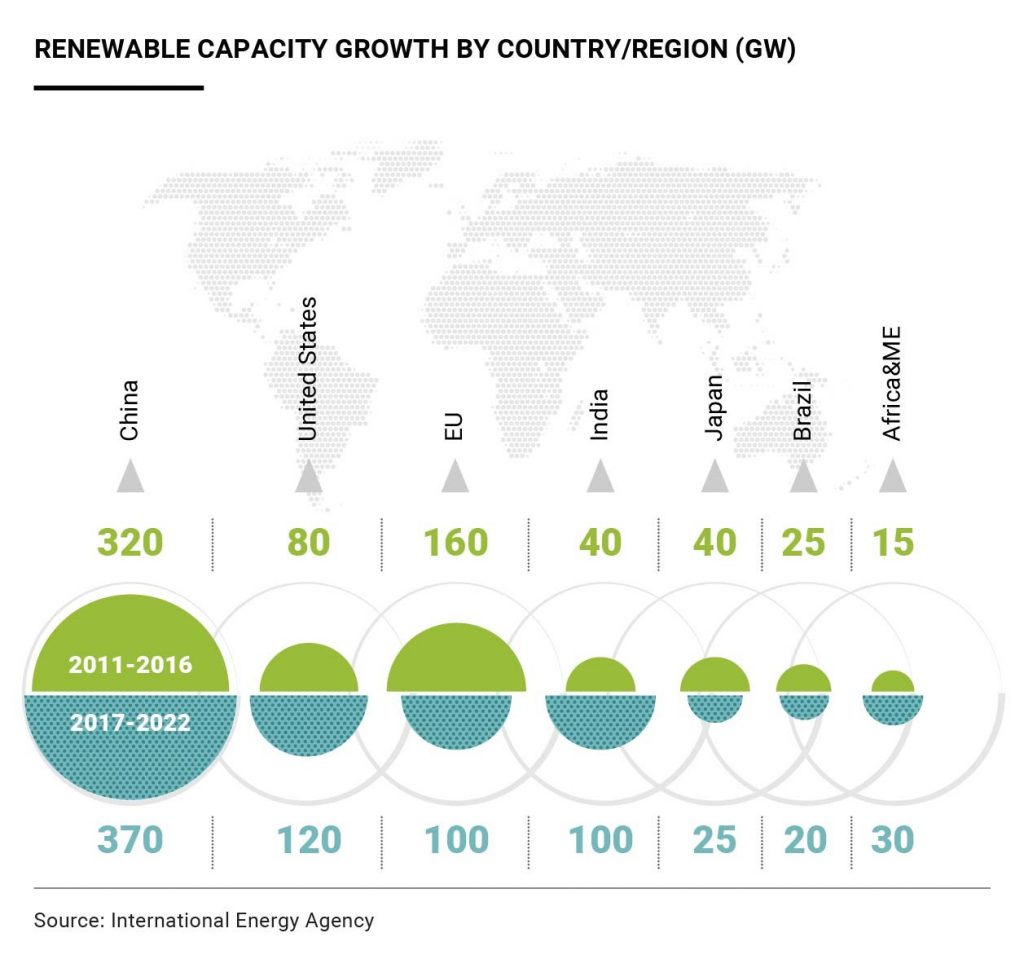
President Biden on the other hand has boasted about his efforts to combat climate change. Those efforts have come mostly in the form of his signature ‘Inflation Reduction Act’ which was originally, and more accurately named the ‘Build Back Better’ act. In that legislation $663 billion were earmarked toward incentives for the development of wind and solar power farms while at the same time providing $521 million in funding for the installation of 9,200 charging stations for electronic cars. The money spent by the IRA represents the largest effort to combat climate change in US history and has been projected to reduce carbon emissions by the US to 40% below those in the year 2005.
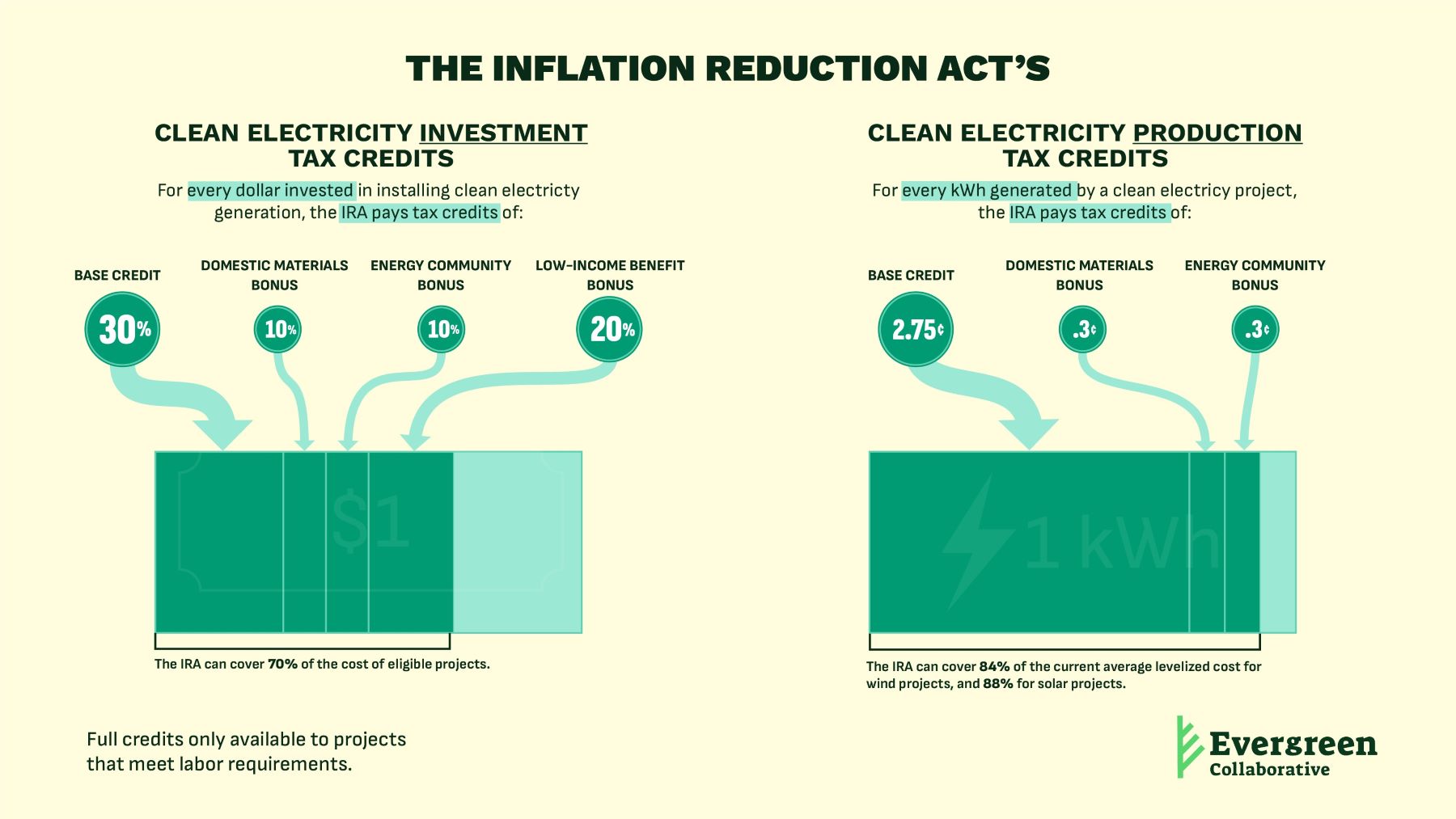
Unfortunately, even while working hard to increase the amount of energy the US produces by renewable sources Biden has also helped the petroleum industry increase its production. So much so that currently the US is again the world’s leading producer of oil and natural gas, more barrels per day than ever in history. Biden did this primarily to lower gas prices and thereby reduce inflation but those cheap gas prices also make old fashion CO2 emitting cars look more attractive than Electric Vehicles (EVs), increasing emissions and therefore contributing to global warming.
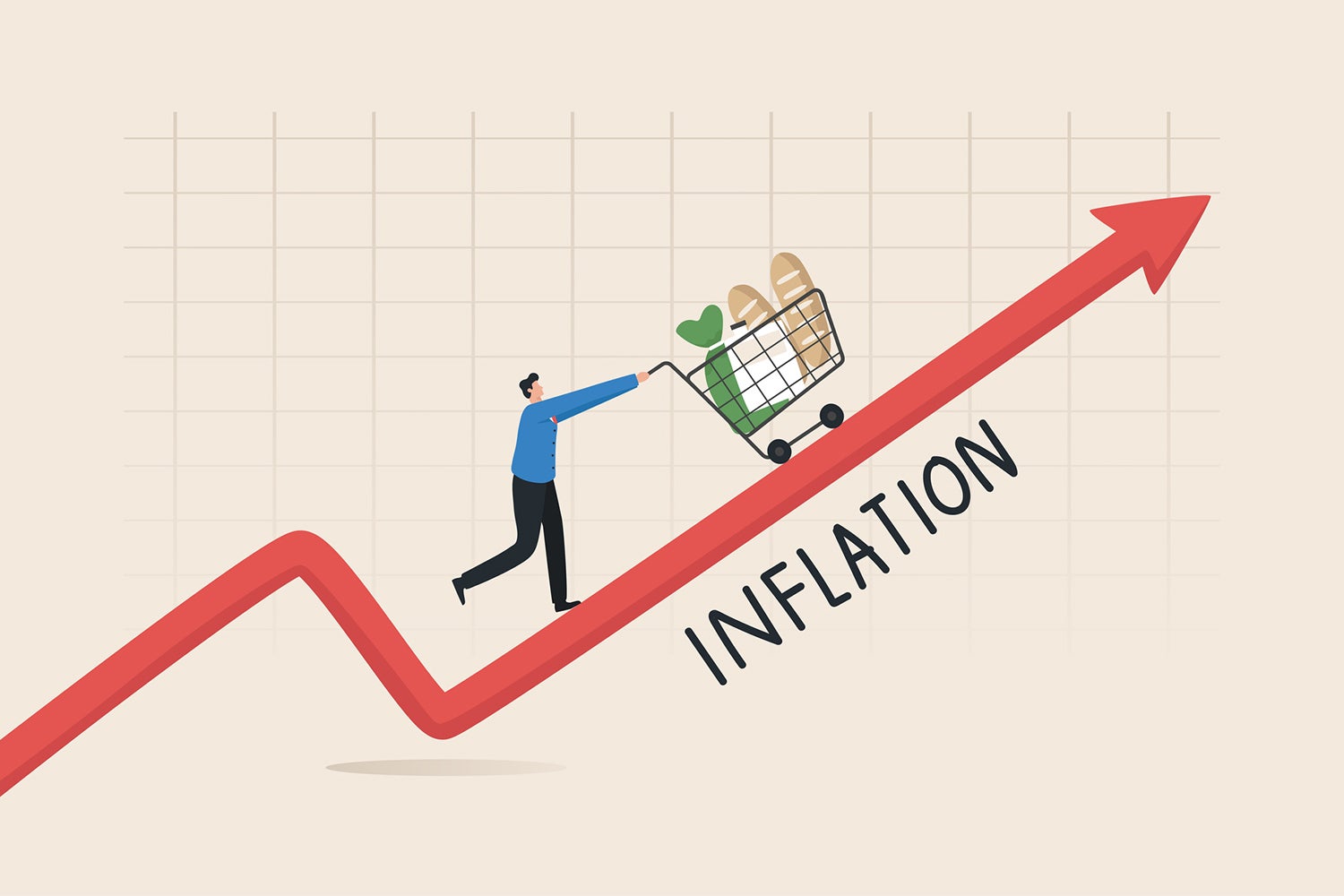
So what are the proposed policies that Trump and Harris are offering to implement if they become president. Well, it’s easy to tell what Trump will do; he still insists that climate change is a hoax, despite the mountains of evidence. Because of that he has no plans to do anything to reduce our country’s CO2 emissions. Indeed, Trump promises his supporters he will “Drill baby Drill” in order to lower gas prices even further as a way to spur the economy. However it is worth noting that the oil companies will probably not want to work harder to produce more oil, which will lower gas prices further so that they actually get fewer profits. So Trump’s energy plans may actually be perversely opposed by the oil industry!
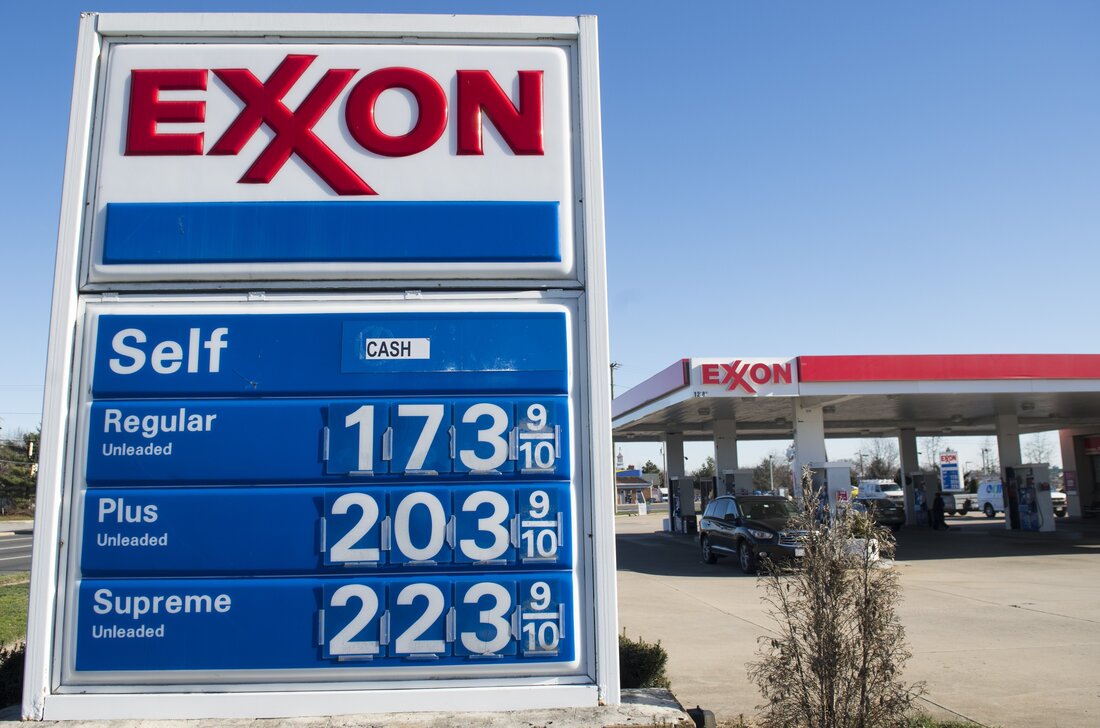
Kamala Harris’ plans for mitigating climate change are harder to discern. During her time as a senator from California Harris was always in the forefront of the fight against climate change, supporting any and all legislation that would reduce CO2 emissions. As Vice-President Harris cast the tie breaking vote that got the IRA passed. At the same time however she has had to be a team player in the Biden administration so she also supported Biden’s efforts to increase oil and gas production.

As a candidate for President Harris has had to trod an even trickier path because she needs votes from oil and gas producing states. So on the campaign trail she has usually talked more about increasing the amount of energy we get from solar and wind rather than talking about reducing the amount of energy we get from oil and natural gas.

This is particularly true in my home state of Pennsylvania where the process of fracking provides many jobs and a great deal of money to areas that were hard hit by the manufacturing exodus of the 1990s. Pennsylvania is also the biggest of the ‘swing states’ and many pundits are predicting that whoever wins Pennsylvania will become the next President so its understandable that Harris would rather not talk about opposing fracking.
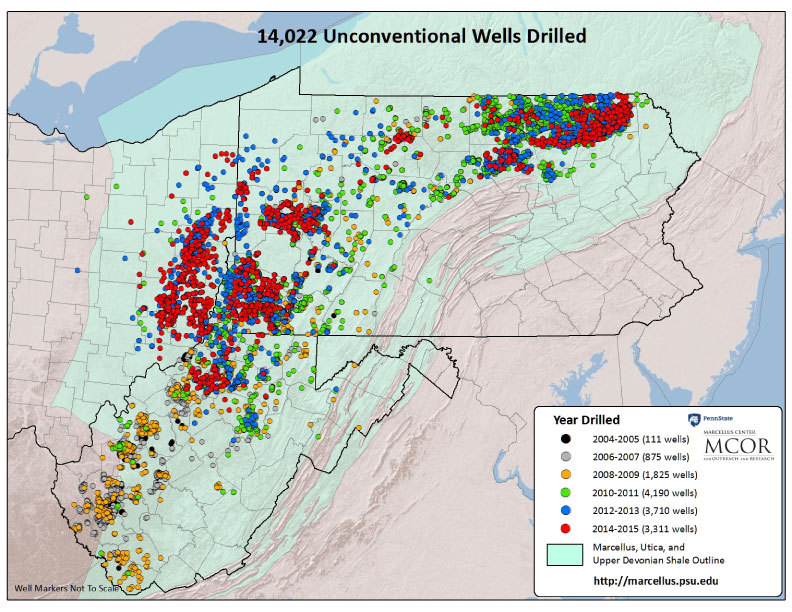
Fracking is controversial not only because it rejuvenates old used up oil wells but because it produces a lot more environmental damage than normal oil and gas drilling does. In fact fracking has actually been definitely linked with generating earthquakes thanks to the damage it does to rock strata deep underground. See my post of 12 August 2017.
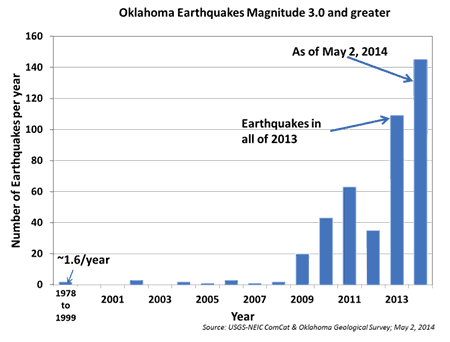
One thing that can be said for certain is that Harris will continue Biden’s policies of investing in renewable energy production. Whether that effort will be enough is doubtful, and remember any large climate change action she proposes will have to get through a congress that over the last decade or more has been unable to come to an agreement on much of anything.
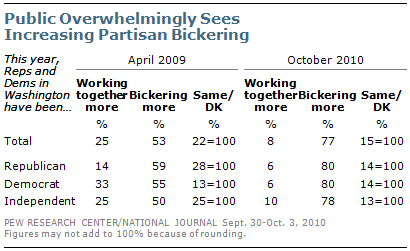
So there you have it, the need for action by the US government to reduce our nation’s CO2 emissions is clear. The entire world is tittering on the brink of extreme weather conditions never before seen in human history so every nation must reduce their emissions. What’s not so clear is what our candidates can or will do to prevent such an eventuality. Kamala Harris at least can be counted upon to try to fight climate change while Trump blindly refuses to see the danger coming right at us.


